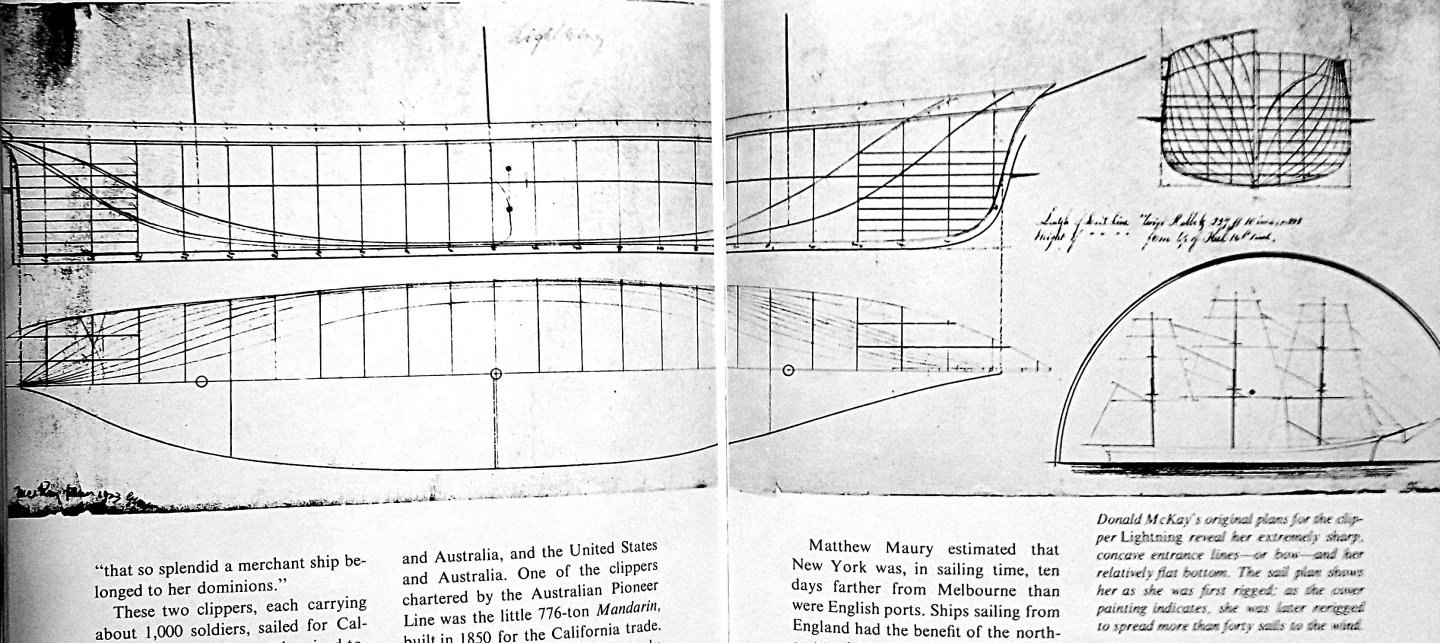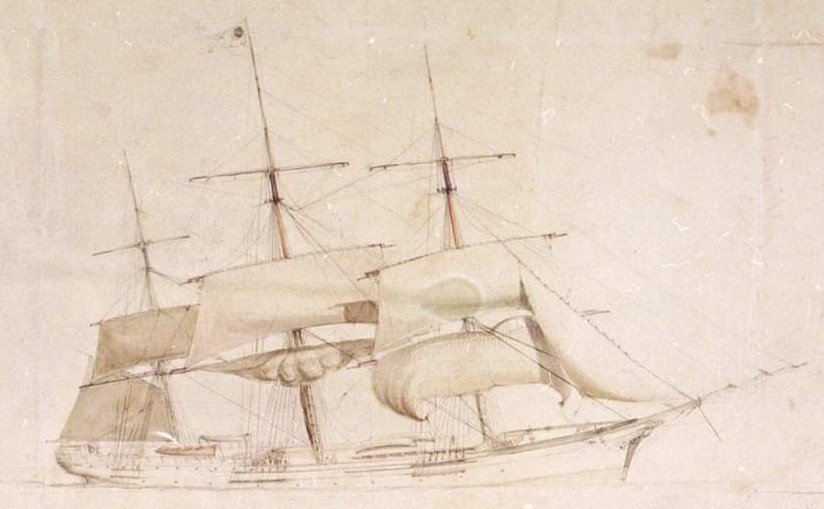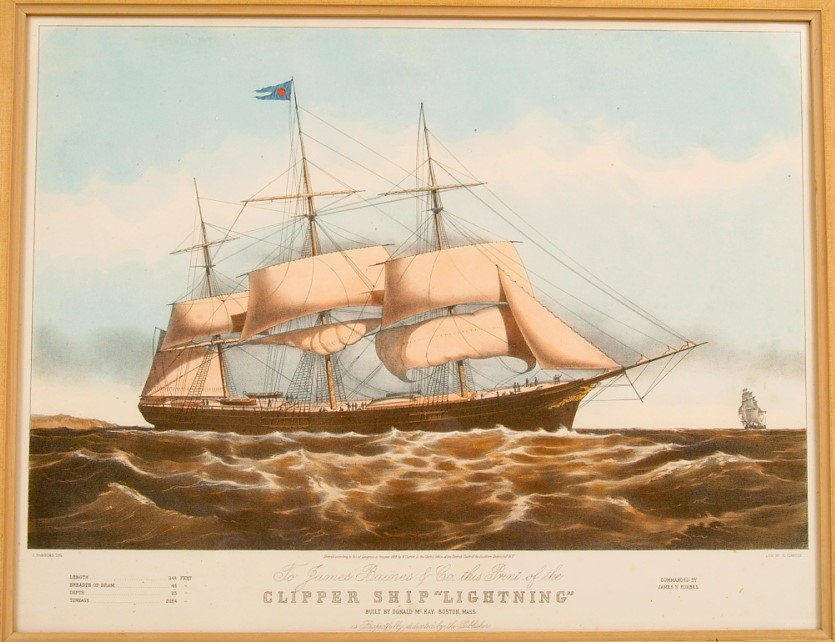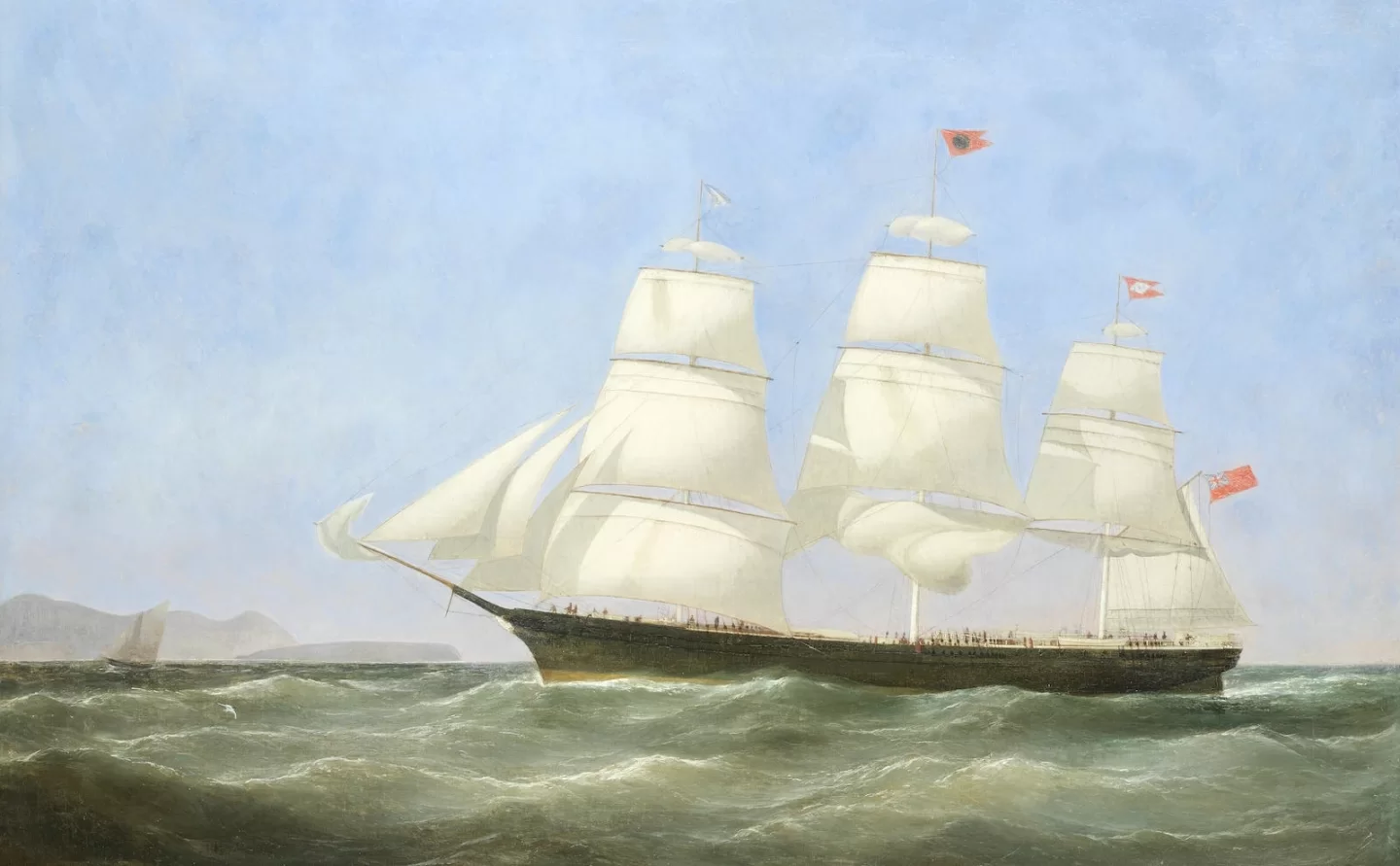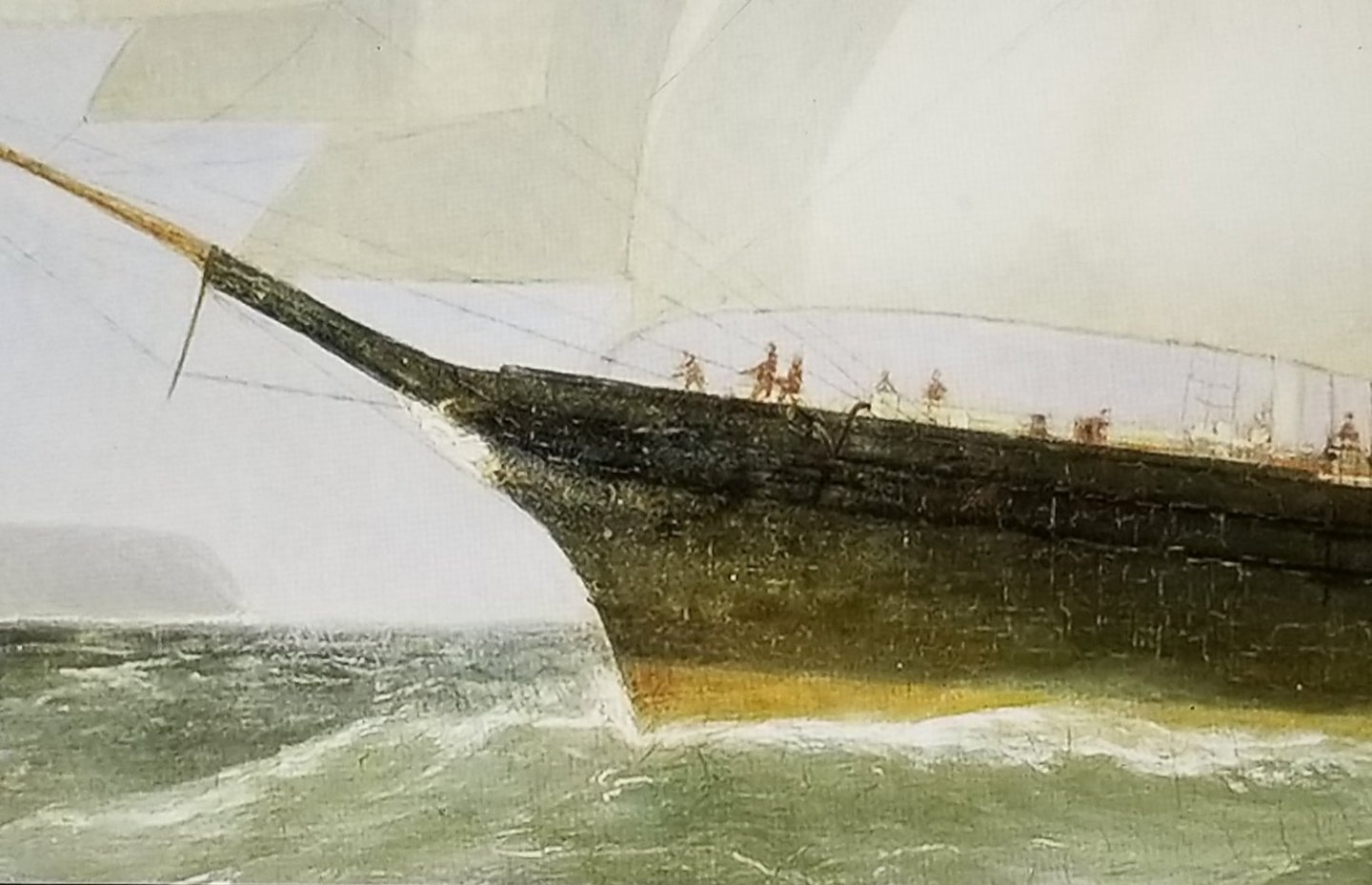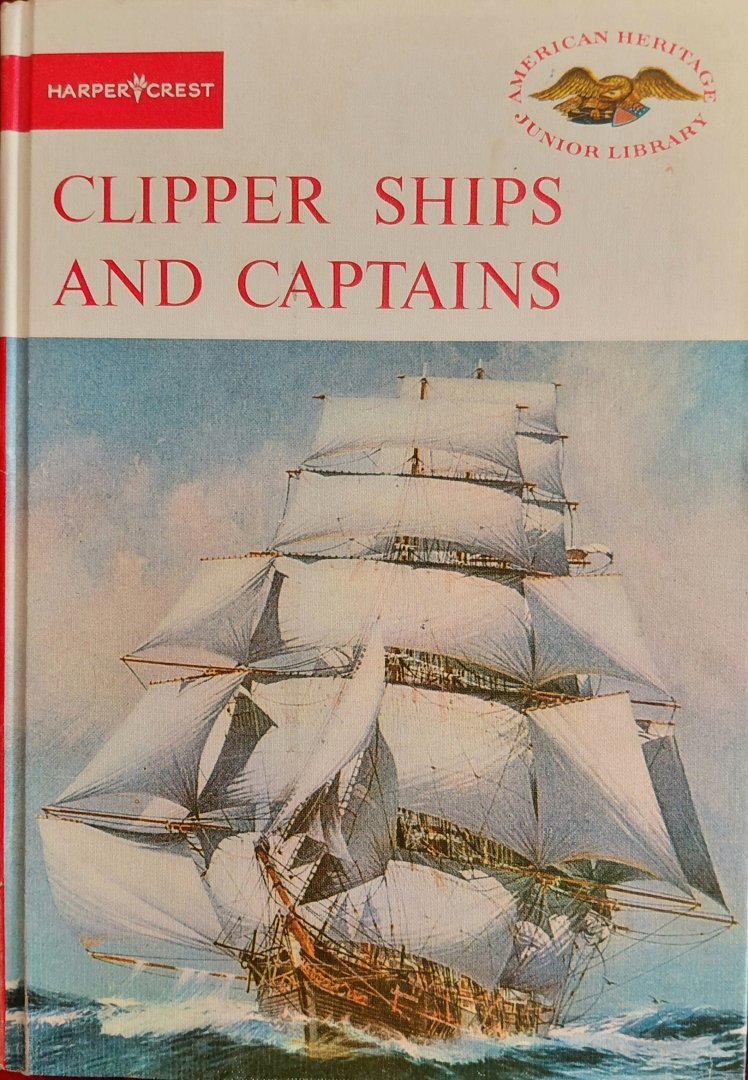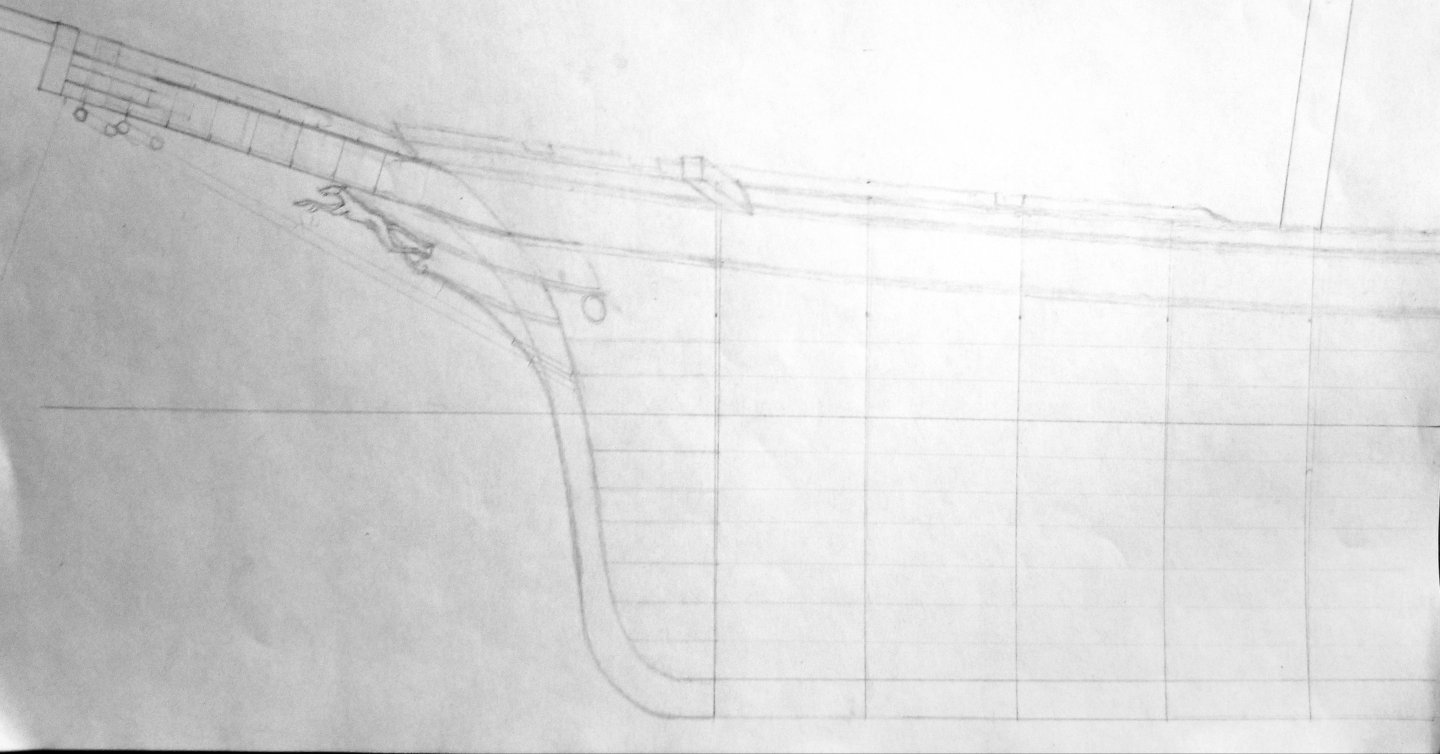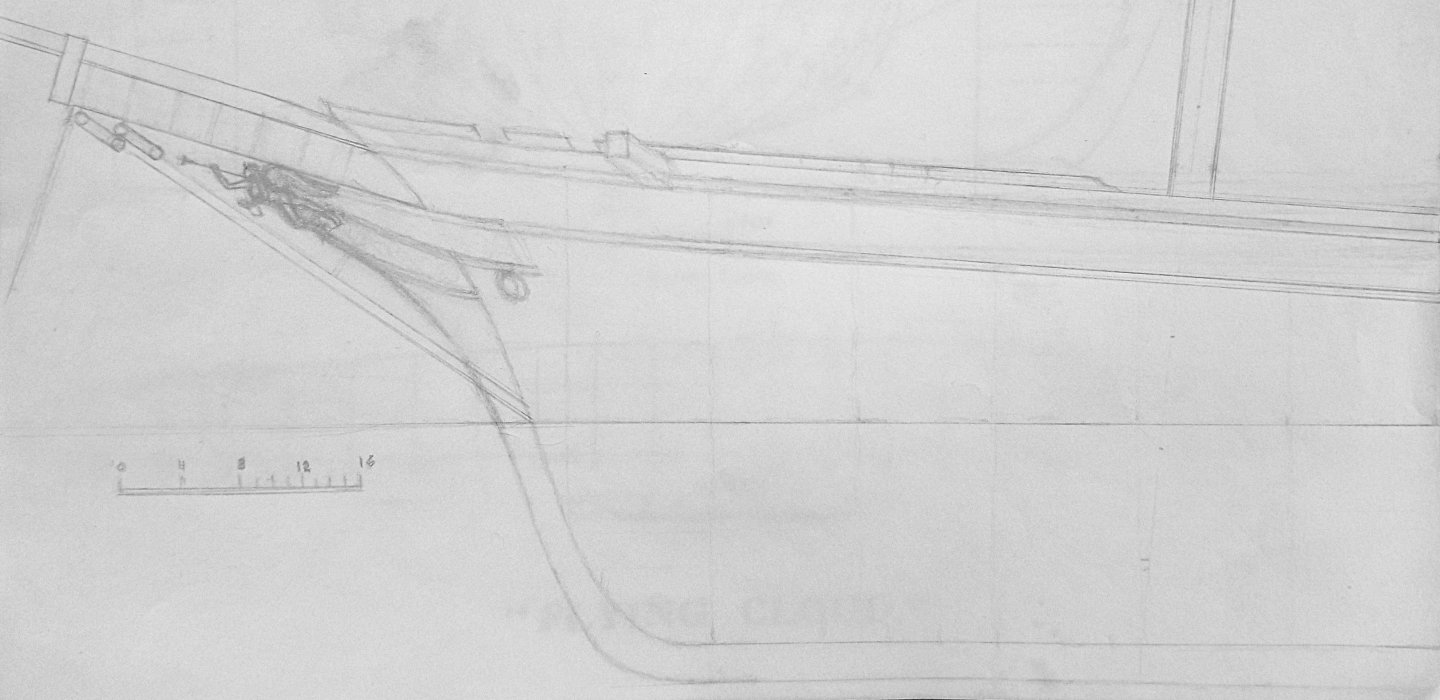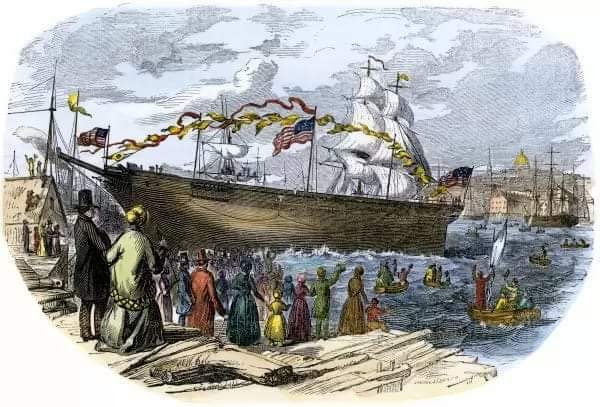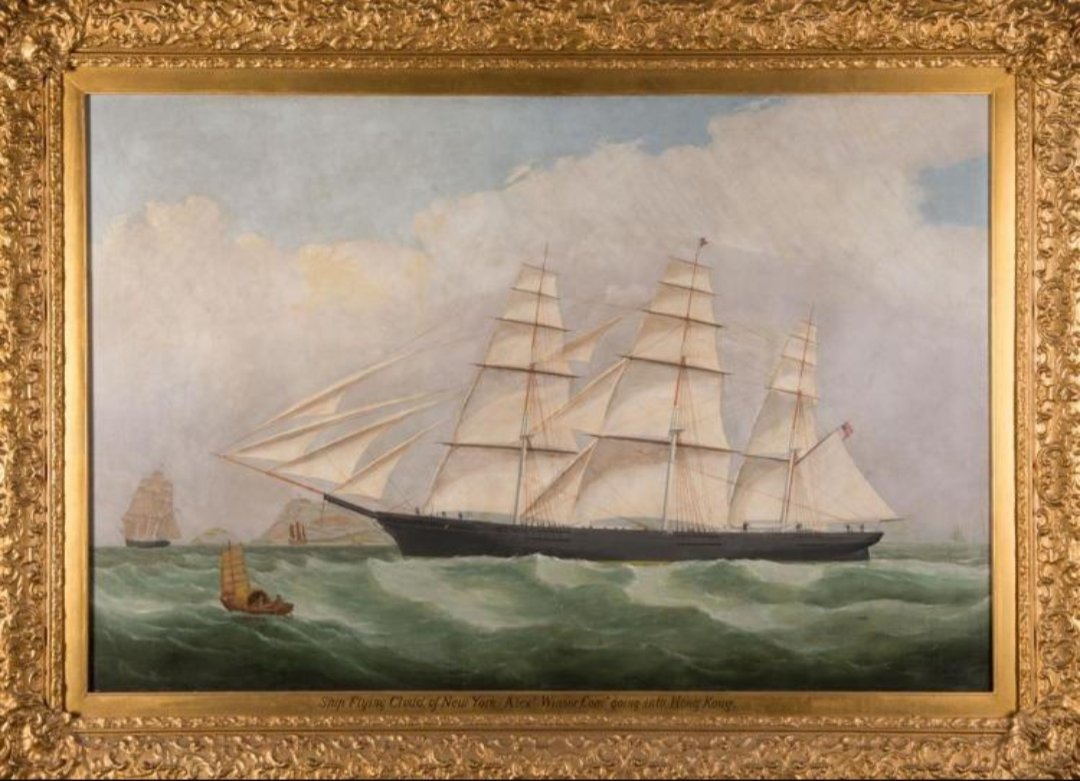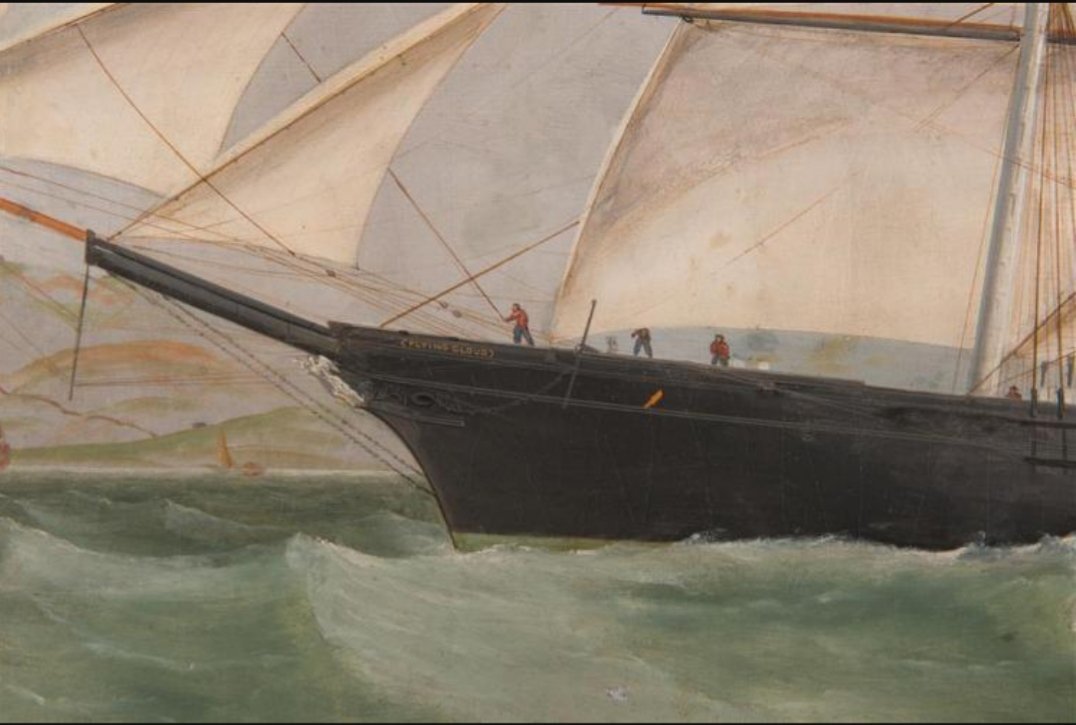-
Posts
2,168 -
Joined
-
Last visited
Content Type
Profiles
Forums
Gallery
Events
Everything posted by ClipperFan
-
@sob Scott, I applaud your efforts to reconcile these obviously erroneous plans with the factual account. As you correctly point out, Flying Cloud had no trailboard. You'll also note that this plan lacks any form of a cutwater or navel hood. I suspect that these type of plans were intended for mantle piece decorations and so attention to accuracy wasn't high on priorities.
-
@rwiederrich Rob, another confusing issue has to do with the hawse hole location. On 1854 Champion of the Seas and 1869 Glory of the Seas the hawse hole location is located just below the carved navel hoods. There are many images of Glory of the Seas which prove this but only the one daguerrotype of Champion of the Seas which is harder to see. However all modern plans of Flying Cloud, Flying Fish, Sovereign of the Seas and Lightning have their hawse hole mounted much higher, leaving no possible room for a navel hood as seen on the only two clipper ships we have evidence of. Possibly another reason it's hard to envision these navel hoods because of this higher hawse hole placement interference.
-
@sob Scott, regardless if you have a different interpretation of three components that comprised the bow on McKay's extreme clipper Flying Cloud it's impossible to deny that the ship was equipped with them. Stem, cutwater, navel hoods, all three somehow are described by Duncan McLean a fellow sailor Scottsman and friend of Donald McKay who's shipyard supplied exacting specs to him for publication. In addition, he specified that whatever you envision navel hoods to be, they had to be external and large enough to support some form of carvings as well. Using the Alexander Hall lines of Mary McKay's historic tracing, I have clearly demonstrated how it's feasible to incorporate all three components and still provide for a full-sized trumpet bearing winged angel. Disagree with my interpretation? Fine. I have no bone to pick with you. But I do strongly feel that in order to do justice to specifics published way back in 1851, you do need to devise your own interpretation to incorporate these components beyond just a bare stem. Since I'm not a modeler I usually am not involved in these groups but I would like to learn more.
-
@sob Scott, before I forget to do so, I just want to acknowledge the spectacular job you have done on accruing the most substantive library on the McKay extreme clipper Flying Cloud. Besides Lars Bruzelius' excellent nautical site, I've relied on yours for in-depth research on McKay's record setting clipper. As for Rob's craftsmanship, besides his incredible talent, what I really credit Rob, as well as Vladimir for is their dedication to achieving meticulous accuracy in our group effort to reconstruct Glory of the Seas. I also give great credit to Michael Mjelde for his surprising humility in recognizing a critical mistake in his initial erroneous sheer and bow profile. When given updated information he readily embraced it and worked graciously with us to correct his oversight. As for sheer, in both articles McLean actually describes sheer on Stag Hound as being 2 & 1/2 feet and on Flying Cloud as 3 feet. Why you state other vessels didn't sink from a split bow escapes me. All I did was share word for word McLean's evaluation of the bow structure on Flying Cloud. He merely stated that loss of her cutwater wouldn't affect her safety or cause a leak. Your final statement is even more confusing to me. Nowhere in his write up did Duncan McLean ever mention an extended navel hood. It's Rob and I who have been using a phrase that the navel hoods were an extension of the bow configuration. One of the challenges we do face is that McLean writes very sparsly in his descriptions. Facts that we do know are this: Flying Cloud, Stag Hound both were equipped with a stem, a cutwater and navel hoods. That for sure is included in both descriptions. A singular cutwater is the curving extension piece beyond the stem and attaches directly to it. Thats what creates the vessel's sharp profile. We believe what possibly contributed to the reputation of McKay clippers being consistently fast sailers could be this stalwart bow construction allowing them to part strong seas more effectively. One item that may be a bit confusing, leading you to think it's improbable to have McKay's early clippers equipped with navel hoods is an apparent lack of depth to accommodate them. Rob helped me out with this issue. While the internal main rail height was 5 feet, due to a 1 foot high internal waterway at the base, an external sheerline molding attached to that would have been about 4 feet deep instead. In conclusion, we have great respect for your enthusiasm for McKay's clippers. We're just honestly trying to share discoveries which will further improve accuracy of the models of his magnificent ships.
-
Trevor, last summer on the way to spending a long Anniversary weekend at the Break Hotel, Narragansett, RI my wife Peggy and I detoured to Hyannis, Cape Cod to view Athene, the classical Greek goddess figurehead which once graced McKay's last clipper Glory of the Seas. The owners were gracious enough to allow me to take multiple pictures and at the husband's insistence, was able to even touch her. He also pointed out the remains of a thick iron bar which pierced her back to which she was mounted to the stem-navel hood combination behind her. I know there's some dispute about where the devices we call navel hoods terminate. Here's my take on it. By having hoods mount up to a figurehead's shoulders (apparent on both 1854 Champion of the Seas and 1869 Glory of the Seas) they do double duty. They give shelter and a sturdy mounting point. Meanwhile, the figurehead's feet are mounted to the cutwater below, creating a dual point protected mount. Here's how I see the structural components. The stem to which all strakes mount has a cutwater attached to it. This is the graceful curving component which extends the bow profile about 7' outward. These two components are in turn sandwiched between by the large wedge shaped nautical devices which we believe McLean refers to as navel hoods. They are laminated, curving tapered pieces that are roughly 14' long and large enough to support carvings. As seen on Glory of the Seas, the cutwater also had gold leaf embellished carvings as well. This complex design since it adhered so closely to the ship's hull was an ingenious extension of the vessel's prow. It also provided a substantial support for the massive bowsprit and jibboom spars installed just above. As I pointed out before, such a clever design bears no resemblance at all to naval hoods which usually didn't mount so tightly to a vessel's hull.
-
@sob to substantiate the success of our intensive investigation into virtually every section of McKay's final clipper, here's just a few pics of @rwiederrich 1:96 scale replica Glory of the Seas. After viewing this magnificent piece in person, non other than author Michael Mjelde himself declared that Rob's recreation is the finest model ever produced. To give you an idea of the evolution involved in this, to me incredible achievement, I'm sharing Michael Mjelde's own highly detailed deck and sheer profile. As well thought out and carefully researched as this was, it unfortunately was also inaccurate. At different times, Rob and I both concluded that this error was due to reliance on one particular scene: the 1869 Glory of the Seas fitting out in East Boston harbor. I've included the original as well as a close up of her hull. You'll note how closely the photo's sheer profile matches the sketch. This also demonstrates challenges faced in trying to accurately capture these magnificent ships. If you've ever seen these vessels in person, you realize you need to get a great distance away in order to view the whole ship, especially a tall one. This presents a particular challenge as perspective distortion gets introduced. Recognizing this, we set about to compensate for it. Before the 1907 scene of Glory of the Seas docked at San Pedro became available, I sketched this conjectural sail plan of her. Note how her prow more accurarely reflects her actual appearance. The point I'm making is that a bare stem alone can't possibly achieve this gracefully curving prow. A hallmark of McKay's clippers. Here again are the lines of Flying Cloud which I'm sure you'll recognize and which you apparently staunchly still defend. In your construct, the angelic figurehead tacks onto the notch in the bare stem. That gives no room for either cutwater or devices which we refer to as navel hoods. Such a configuration totally ignores the specific description given in McLean's article which not only states existence of a cutwater but also a navel hood large enough to support carvings. It's the prime reason why Rob and I are so insistent that current models are inaccurate when matched up against historic evidence. Even an impressive model which is quite beautiful yet still inaccurate. However you may interpret cutwaters and navel hoods, you must admit that current Flying Cloud models lack either of these nautical devices and still only model a bare stem. I submit to you that by continuing to stubbornly adhere to this contradiction, it promotes a fallacy in modeling and robs McKay models of their more accurately graceful profile. As a result, we continue to see models being produced with bare stems and figureheads awkwardly tacked on in a quite vulnerable position. Compare that somewhat sparse treatment to the more substantial and refined treatment as we see in multiple historic images of the Glory of the Seas. Finally, as a means of comparison I share the 1907 starboard broadside of her at San Pedro with the painting of Flying Cloud. What I see is that the nautical structures practically disappear when seen from a great distance but the vessel's sharp projecting profile is still readily apparent. Once again, however you want to name these devices, a lone cutwater would be too vulnerable without reinforcing protection of those stiffening devices.
-
@sob my apologies for mixing up my description of navel hood with McLean's historic articles from the 1850s. To clarify what I mean by these devices twisting to adhere to the hull here's a series of Glory of the Seas scenes. They're in chronological order from her shortly before launch in 1869 to approximately 1911. In comparison, I've also included the 1854 Champion of the Seas daguerrotype. Rob and I clearly see the gold-leaf embellished devices behind her sailor figurehead as the same navel hood, cutwater combination as seen 15 years later on Glory of the Seas. This proves that McKay was consistent in application of this unique bow structure. When examining traditional naval hoods, what I have seen is that they're structural pieces but unlike McKay's navel hoods, they're usually not adhering so closely to the ship's hull. It's the main reason why we consider McKay's structures as integral bow extensions.
-
@sob Scott, that particular quote is mine, as I attempted to help others envision the complex nature of those nautical devices which can be clearly seen in Glory of the Seas photos. Instead what I'll do is share excerpts from the two ships where McLean described the bow arrangement. I apologize in advance if this is material you've already read but I'm also sharing it for others who may not be as familiar with these passages. I'll start with Stag Hound and then proceed to Flying Cloud. After these two, McLean doesn't repeat a description of this bow again. However, based on his sailor's observation of how durable this new design was, we see no reason why McKay would just abandon it. One trait I've noticed in McLean's works, typical I suspect of a fellow Scottsman, is his no nonsense approach to describing these vessels. He doesn't waste much time on carvings or embellishments. So when he describes Stag Hound as a model which may be said to be the original of a new idea in naval architecture, that's saying something. He repeats this assertion near the end of his evaluation. In his description of the McKay bow, he briefly mentions hood ends. Blink and you'll miss it. If you're familiar with the Cornelius McKay hull model you'll see that Stag Hound had a near vertical bow. Yet McLean describes a gracefully curving cutwater which projects beyond the bow. McLean refers to this structure not just as cutwater but her bow too. This is where the genius of the navel hood design joins both stem and cutwater into a powerful prow capable of smashing into the toughest seas on earth. A singular cutwater would be too vulnerable alone. McLean's greater description occurs with Flying Cloud. Here's where he first uses the term navel hood to describe these nautical constructs. However one wants to interpret these navel hoods, they were large enough to accommodate carved work which precludes a simple molded piece like we see on Great Admiral. McLean also states that these vessels had neither head nor trail boards, ruling them out. Further on he makes his most insightful evaluation of the clever ruggedness of this unique bow when he observes that even loss of her cutwater wouldn't affect her seaworthiness. That is saying something.
-
@Snug Harbor Johnny your words and insight are great encouragement. I may be incorrect but it's my estimation that our small group's recent three year reconstruction of Donald McKay's clipper Glory of the Seas involved the most in-depth and exhaustive investigation into a McKay clipper ship in history. I was inspired by Rob's desire to accurately create a model which merged with my wish to finally see McKay's magnificent vessel be given her true appearance. Our efforts eventually drew attention of author Michael Mjelde who's unquestionably the world's foremost authority on McKay's final clipper. It was his knowledge, guidance, and input involving numerous documents and amazingly clear photos which proved invaluable in our efforts. This discipline led me to re-evaluate other McKay related vessel descriptions by McLean with specific focus on construction dimensions. While studying McKay's premier clipper Stag Hound I read that her forecastle had accommodations for her crew, described as being lofty, well lit and ventilated. Yet forecastle deck height was set at the 5' main rail. That doesn't match with a description of lofty. Further to provide crew accommodations the aft section of the forecastle would have to be enclosed. Windows would be necessary to provide light. Later in the description, stern quarters are 3' below. Rob and I concluded a similar arrangement was set up at the forecastle. Now there's sufficient room for crew. The same quarters were also provided for on the Flying Cloud & Flying Fish. Which means the windlass on these vessels would have been mounted below along with water closets. This makes for a much cleaner working space forward. Another misinterpreted aspect is on the rear coach house on clipper Sovereign of the Seas. Models show a small house yet McLean's description says plainly that the coach house was large with working space on both sides and sufficient space at the stern for steering. Meanwhile, here's a picture of the bow of the Great Admiral which shows that she had an impressive cutwater with carved embellishments but no substantive navel hood as seen on McKay clippers. (Arthur D Edwarde's photographic collection in the State Library of South Australia. They have hundreds of historic images of dozens of clipper ships).
-
@Kenchington probably the best evidence we have been able to reliably evaluate is a treasure trove of Glory of the Seas historic images. Author Michael Mjelde quite generously shared many rare and in some cases never seen before images of her. Included were multiple views of her complex bow structure. Elements Rob and I interpret to be navel (not naval) hoods are very tight configured devices which are literally an extension of the upper hull. They gracefully twist from a "V" configuration to gradually arrive at a vertical curving point. Contrary to more decorative moldings on other clipper bowed ships and barques, these are three times as big and offer a substantial perch for the large bowsprit-jibboom spars installed just above. Both @rwiederrich and @Vladimir_Wairoa build logs feature many of these crystal clear images. In fact, true to Duncan McLean's evaluation of the unique toughness of these structures, clipper Glory of the Seas survived a collision when a steam ship accidentally backed into her bow. The only damage she sustained was a cracked upper starboard rail and loss of some cutwater carvings. In his description of the bow construct on Flying Cloud McLean stated that the ship would remain seaworthy even with loss of her cutwater.
-
Trevor, of all the vessel ship lines I've seen, there has been no other where the forward lines of the bow are left completely blank by the draftsman himself. You can dispute my conclusion and I'm fine with that...but I would love to know a sensible alternative explanation. Meanwhile, I suggest a "what if." There are decades of Flying Cloud, Flying Fish & Sovereign of the Seas going back to the early 1900s. All have simple bare stems with figureheads awkwardly tacked on below the bowsprit. None have even a hint of a cutwater let alone the complex curving navel hoods described by Duncan McLean in more than one article. We're just trying to display an alternative interpretation based on empirical evidence.
-
@rwiederrich @sob here's a comparison between Donald McKay's structural sketch of 1853 twin clipper packets Star of Empire & Chariot of Fame (courtesy of Peabody-Essex Museum, Salem, MA). There's an 1853 painting of Chariot of Fame referred to as a clipper ship. The winged angel figurehead is larger and the prow is less pronounced in the sketch, with a clear gap between the figurehead and bowsprit. Compare that to the painting of the ship herself. Now the figurehead is more true to scale, there is a structure which mounts her and it abuts directly to the bowsprit. This arrangement provides more of a solid base to the bowsprit. In addition, the cutwater, navel hood bow is noticeably more pronounced as the figurehead is also further out. It's a challenge to see details as the image gets more blurry when I enlarge it. Still, Rob and I recognize the similarity between this vessel and the same arrangement on Glory of the Seas launched sixteen years later. From a basic engineering viewpoint, the idea of extending a portion of the hull to serve not just as a support for massive bowsprit-jibboom spars but also to provide a secure mounting point for full sized nearly 8' tall figureheads while doing double duty as shelter for the same is pure brilliance to me. A basic bare stem simply cannot achieve the same results. All of McKay's ships were described as having cutwaters but none of our contemporary models even show that. To Rob and I we feel like that's doing a disservice to the genius of Donald McKay.
-
Rob, no surprise that I agree with you. In fact, in his letter accompanying his Stag Hound builder's model, Cornelius McKay confirmed that his dad jealously guarded his scientific secrets. Actually, we have modern counterparts in the America's Cup yacht race competitions. As confirmation of the extremity that Donald McKay we to just look at his ship's line illustration of his Australian Black Ball line extreme clipper Lightning.The very front of her bow is left completely blank!
-
Rob, continuing in my research into Donald McKay's apparent intent to disguise his bow structure components, here's one of the most bizarre sketches made by him. This is the famous flyer, the Australian Black-Ball Emigrant clipper Lightning constructed as one of four for the James Baines Line. The open section of her bow is original as drawn by McKay himself. The only logical explanation for this intentional omission is that he was concealing something. Ironically, the only source I've seen this peculiar sketch is in an 1961 American Heritage Junior Library Book for kids. It's surprisingly informative. Next is a contemporary preliminary sketch done for a lithograph of her which appears after it. The original sketch definitely shows an outline of a construct whose top aligns with her sheerline molding and which comes to a point above her winged figurehead. The litho has this area embellished in gold and looks like the device has been extended further than the sketch. This component is what we have identified as her navel hood. This same litho was also used as a cover for "The Lightning Gallop" musical score. Her bow shows distinct outlines of what we now refer to as her navel hood and cutwater with her original winged female lightning bearing figurehead. Coincidentally, it's the same section McKay left blank in his own drawing.... Another work by brilliant British artist Samuel Walters depicts "Clipper Lightning off the Coast." Since the piece suffers from an over exuberant cleaning, it's washed out and her prow section is blurry. Still, details reveal another navel hood, cutwater and winged figurehead. Anyone familiar with this particular artist's work knows he's meticulously accurate in his depictions. I find that overall, this prow depicted in both pieces looks remarkably similar to photos we've seen on the bow from Glory of the Seas. Clippers were very popular subjects at this this time. Especially the gigantic American vessels which dwarfed their British counterparts. To power these huge ships they had substantially tall rigs with impressive spread of sail. Cameras weren't yet widely available so newapaper publishers had highly skilled artists do careful illustrations of these magnificent vessels. Anyone who's ever attempted to draw the complex curves of a clipper's bow knows what a challenge it is. Still, it looks like for all their flaws these artists have done a credible job in reproducing these glorious ships.
-
@Kenchington another contribution which I forgot to mention before is that I sent my second Nautical Research Journal article for review by author Michael Mjelde who's been studying McKay's final clipper Glory of the Seas for 60 years or so. His exhaustive research included actual meetings and multiple conversations with sailors who served on this clipper. He is now author of three fascinating books on this spectacular clipper. The only corrections he recommended to me were minor source quotes. This as of yet unpublished submission includes a detailed evaluation on a number of McKay clippers with quotes from McLean articles, as I've done here. Mr. Mjelde said he enjoyed the article and didn't dispute any conclusions regarding my interpretation or illustrations of the McKay bow structures. If you look very closely at the sets of bow pictures of the only surviving McKay clipper we have, you'll see how tightly the large nautical devices to which the figurehead mounts adhere to the bow. While they have ornate carvings they are far more than extraneous decorations. They were complex structures which actually twist from a "V" curving element to a vertical termination. Such wooden modeling would have required intensive laminations to accomplish. Knowing his California clipper fleet had to be able to smash into some of the toughest, mighty seas on the planet, it's logical to conclude that McKay would devise a more durable prow to endure such conditions. Reinforced bow components, overlaying a sturdy cutwater which in turn attaches and extends the stem provides a far more rugged platform to which a figurehead is protectively attached and the bowsprit is rigged and mounted. It is our contention that this combination of designed components is precisely what Duncan McLean referred to when he said that Stag Hound represented a new form of navel architecture.
-
@sob Scott, since cutwaters and navel hoods were never included by McKay in his lines, his widow would have had nothing to trace. Similarly, no monkey rails, splash rails or figureheads have been found on any clipper ship lines either. Rob, Vladimir, myself and occasionally Druxey have been able to keep our communications civil by agreeing that our mutual goals have been to maintain focus on trying to remain as faithful as possible to Donald McKay's historically accurate vessels. However you envision cutwaters and hood ends (or navel hoods) I strongly believe you must at least concur that as her lines are currently portrayed they only show a bare stem, these other two important elements are currently lacking. Perhaps it's personal artistic bias but the two bow revisions I've illustrated appear to show a more refined impressive and complete clipper prow which gracefully incorporates all elements as described.
-
@sob @rwiederrich and I have both been doing a very deep dive into Donald McKay's remarkable California clippers for 16 years now. While the vast majority of that time has been concentrating on his last magnificent medium clipper Glory of the Seas, it naturally led to examination of his other earlier clippers as well. Our research has led us to some startling conclusions. I personally have been astounded to discover how effectively Donald McKay disguised his nautical bow construction which Rob and I now refer to as the unique McKay bow. Beginning with Stag Hound his inaugural clipper, Duncan McLean a sailor himself and apparently good friend of McKay's describes this vessel as: "Not only is she the largest of her class afloat, but her model may be said to be the original of a new idea in naval architecture." There are 3 components described in the Stag Hound bow: (1) stem, (2) cutwater and (3) hood ends. " The whole rake of her stem on deck is 6 feet, and of her sternpost 2 feet." "An idea of its sharpness may be formed from the fact that, at the load displacement line (as the cutwater is tapered to an angle), a flat surface applied to the bow from its extreme, would show no angle at the hood ends. "A carved and gilded stag hound, represented panting in the chase, and carved work around the hawse-holes and on the ends of her cat-heads, comprise her ornamental work about the bow." Using published Stag Hound lines, I overlaid (2) cutwater and (3) navel hood over the (1) stem adding the stag hound panting in the chase as described. Carved work, just as on Glory of the Seas would embellish both cutwater and navel hoods identically. There's a precise scale included off the port bow of the sketch. One observation I've made is that Duncan McLean is long on construction details and short on describing ornamental work. When he describes Flying Cloud for the first time, McLean actually uses the nautical term "navel hoods." In fact, he makes his most in-depth observations of any McKay bow in his evaluation of the strength and ruggedness of this California clipper fleet bow. "She has neither head nor trail boards, but forming the extreme, where the line of the planksheer and the carved work on the navel hoods terminate, she has the full figure of an angel on the wing, with a trumpet raised to her mouth. The figure is finely designed and exceedingly well executed, and is a beautiful finish to the bow. It is the work of Mr. Gleason, who made the figure-head of the Shooting Star." "Her hood ends are bolted alternately from either side, through each other and the stem, so that the loss of her cutwater would not affect her safety or cause a leak." Utilizing the same published lines for Flying Cloud I reconstructed her complete bow as she's been described ever since the Boston Daily Atlas article was published over a century ago on April 25th, 1851. Admittedly it's tough to see since it's so dark but the very first color woodcut illustration of her being launched includes a wedge-shaped design just above and behind a white winged trumpet bearing angel which the artist used vertical lines to delineate. Just like Glory of the Seas the top line of this shape just happens to align directly with the planksheer molding. A couple years ago I discovered this fascinating oil in an Australian Maritime Museum titled "Flying Cloud off Whitbey, North Yorkshire 1871" by John Scott. Twenty years after her launch, she still has her trumpet bearing winged angel mounted in front of her gilded carved navel hood over a carved cutwater. Typical of older wooden clippers, her once lofty rig has been reduced and her once deep topsails have been replaced with Howe's rig upper and lower topsails on all masts. Another beautiful contemporary piece I found is: "Ship 'Flying Cloud' Alex Wagner, Cmdr, of New York going into Hong Kong." This is an earlier work depicting her when she still had her original taller rig. Detail scene shows a white winged angel bearing a trumpet with painted, carved navel hood and cutwater. Note how in all works, her angel figurehead isn't attached to the bowsprit but mounts below the navel hoods and in front of her cutwater. Artistically portraying these complex shapes is quite a challenge since the prows of these huge clippers were very sharp and their rigs were like skyscrapers. Incidentally, I've personally seen a portion of a substantial iron bar that once mounted the Grecian goddess Athene to her supporting navel hoods on Glory of the Seas when her new Cape Cod owners invited me to see her. I hope this is sufficient evidence to prove conclusively that our understanding of clipper Flying Cloud must be revised to incorporate these unique bow construction components.
-
Lars Bruzelius' site is currently inaccessible so I'm reciting these dimensions from memory. According to Duncan McLean, the aft end of the poop deck was 24 1/2 feet wide at 8 feet forward of the taffrail. With a 44 foot overall poop deck length, 36 feet further forward, she's only 2 1/2 feet wider. That shouldn't be so dramatic.
-
@rwiederrich that will be quite a lively model depiction! Did you ever resolve the outer fore width of Stag Hound's rear poop deck? Since the central apartment width was 13 feet and fore starboard captain's cabin was 12 feet, I naturally calculated the starboard was an equal 12 feet. That makes the total forward width 27 feet. Does that look right on your deck?
-
https://collectionsonline.southstreetseaportmuseum.org/artobject-detail/?dataId=934479&sortBy=Title%20desc&pageNo=1 South Street Seaport Museum, New York has the best Staghound painting by James Edward Buttersworth. I recognize she's referred to as Stag Hound but in his piece and the label affixed to the frame it's a single word. I've read in the Time-Life Seafarer Series book on Clippers that the full title of this work is "Staghound shortening sail ahead of an approaching gale." It's a beautiful piece full of dramatic action. The oncoming storm is to the far left of the scene and it appears there's a downpour accompanying it. While this is a wonderful piece, deck furnishings aren't accurate when compared to the Boston Daily Atlas. FYI: just below the full-size framed image is a smaller one with arrows. Those lead to a few larger close up detailed scenes of this stunning work.
About us
Modelshipworld - Advancing Ship Modeling through Research
SSL Secured
Your security is important for us so this Website is SSL-Secured
NRG Mailing Address
Nautical Research Guild
237 South Lincoln Street
Westmont IL, 60559-1917
Model Ship World ® and the MSW logo are Registered Trademarks, and belong to the Nautical Research Guild (United States Patent and Trademark Office: No. 6,929,264 & No. 6,929,274, registered Dec. 20, 2022)
Helpful Links
About the NRG
If you enjoy building ship models that are historically accurate as well as beautiful, then The Nautical Research Guild (NRG) is just right for you.
The Guild is a non-profit educational organization whose mission is to “Advance Ship Modeling Through Research”. We provide support to our members in their efforts to raise the quality of their model ships.
The Nautical Research Guild has published our world-renowned quarterly magazine, The Nautical Research Journal, since 1955. The pages of the Journal are full of articles by accomplished ship modelers who show you how they create those exquisite details on their models, and by maritime historians who show you the correct details to build. The Journal is available in both print and digital editions. Go to the NRG web site (www.thenrg.org) to download a complimentary digital copy of the Journal. The NRG also publishes plan sets, books and compilations of back issues of the Journal and the former Ships in Scale and Model Ship Builder magazines.

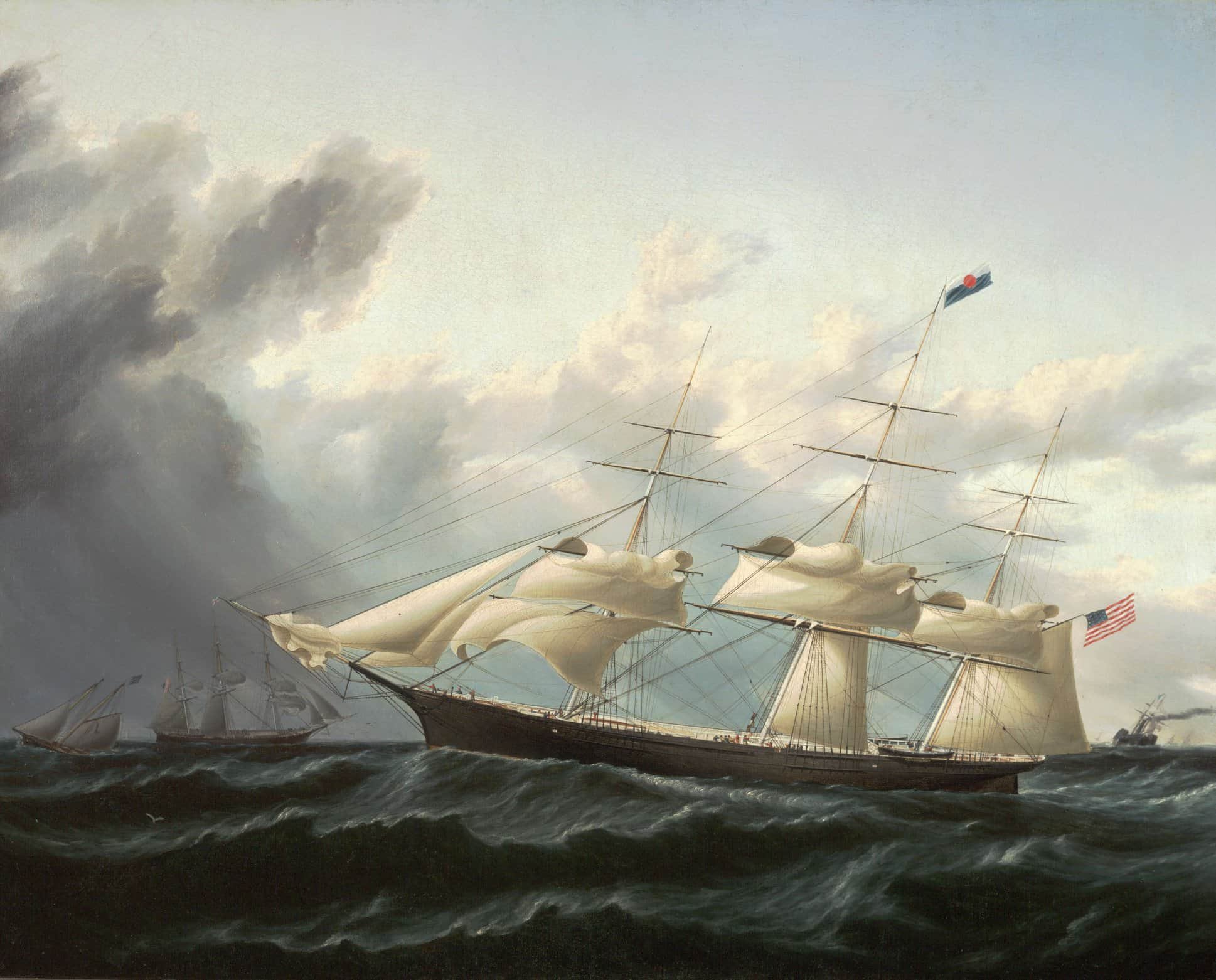
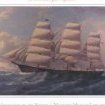
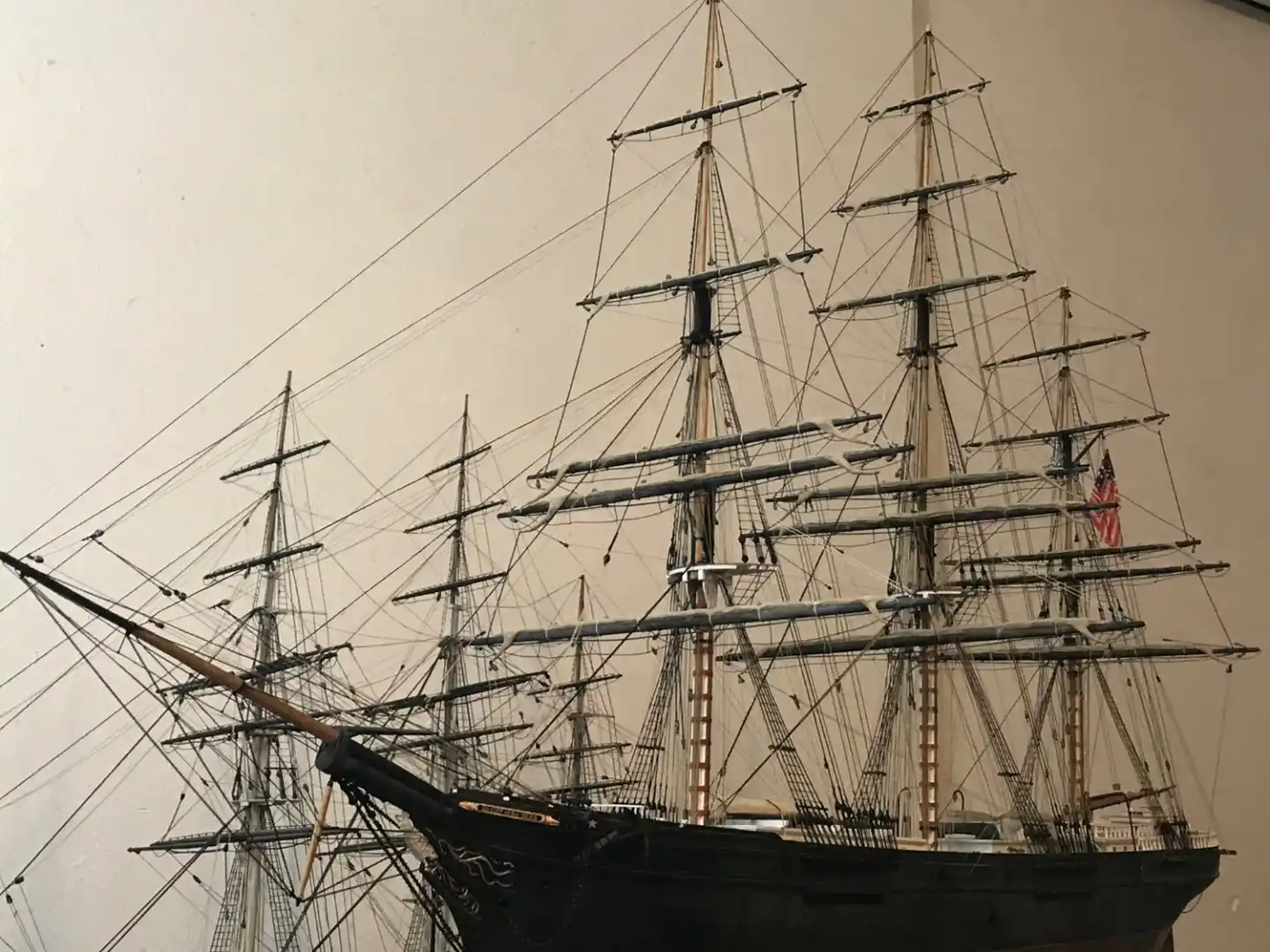
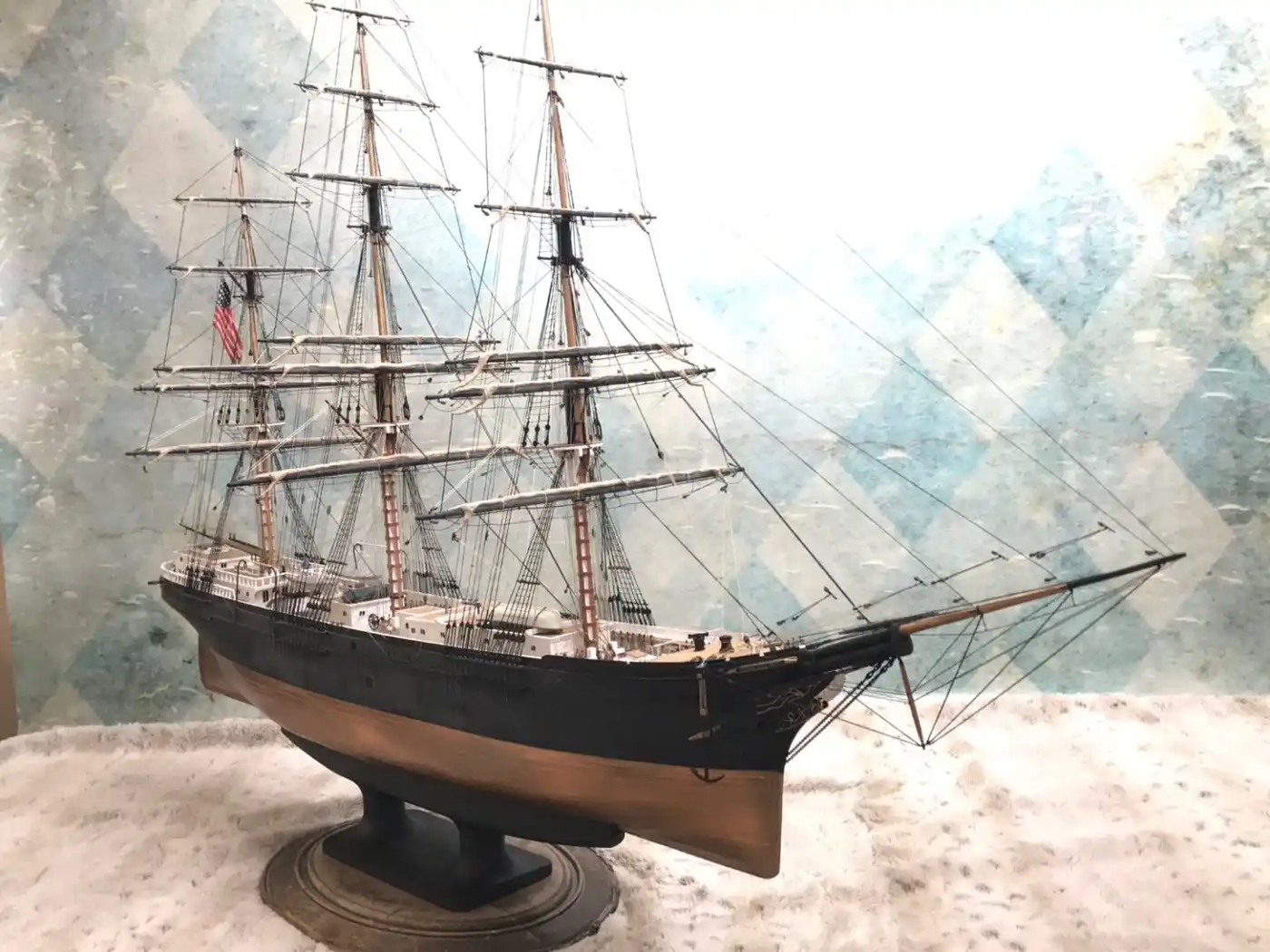
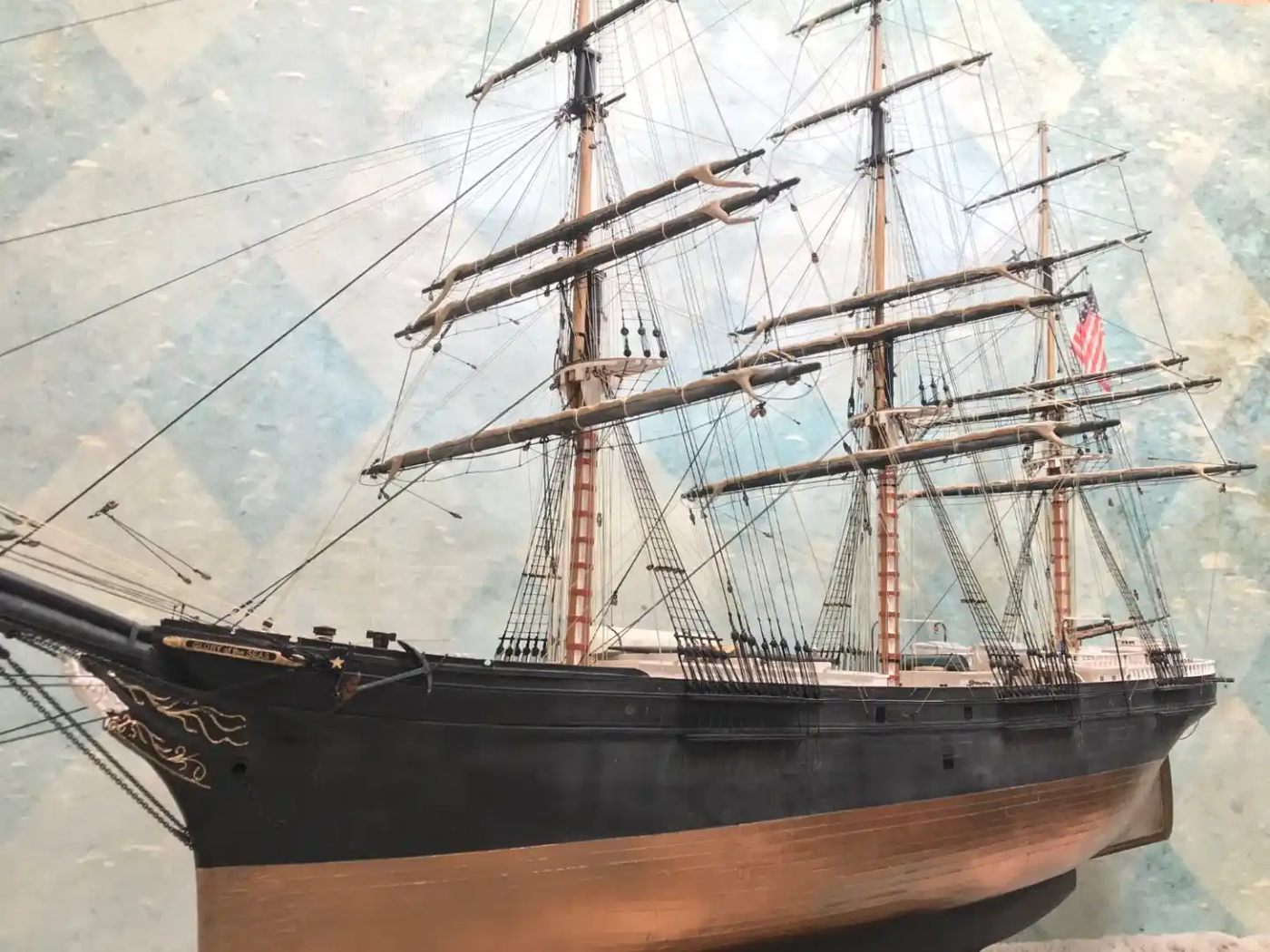
.thumb.jpg.3ba36db79d8ed4d654a38f534017e73c.jpg)
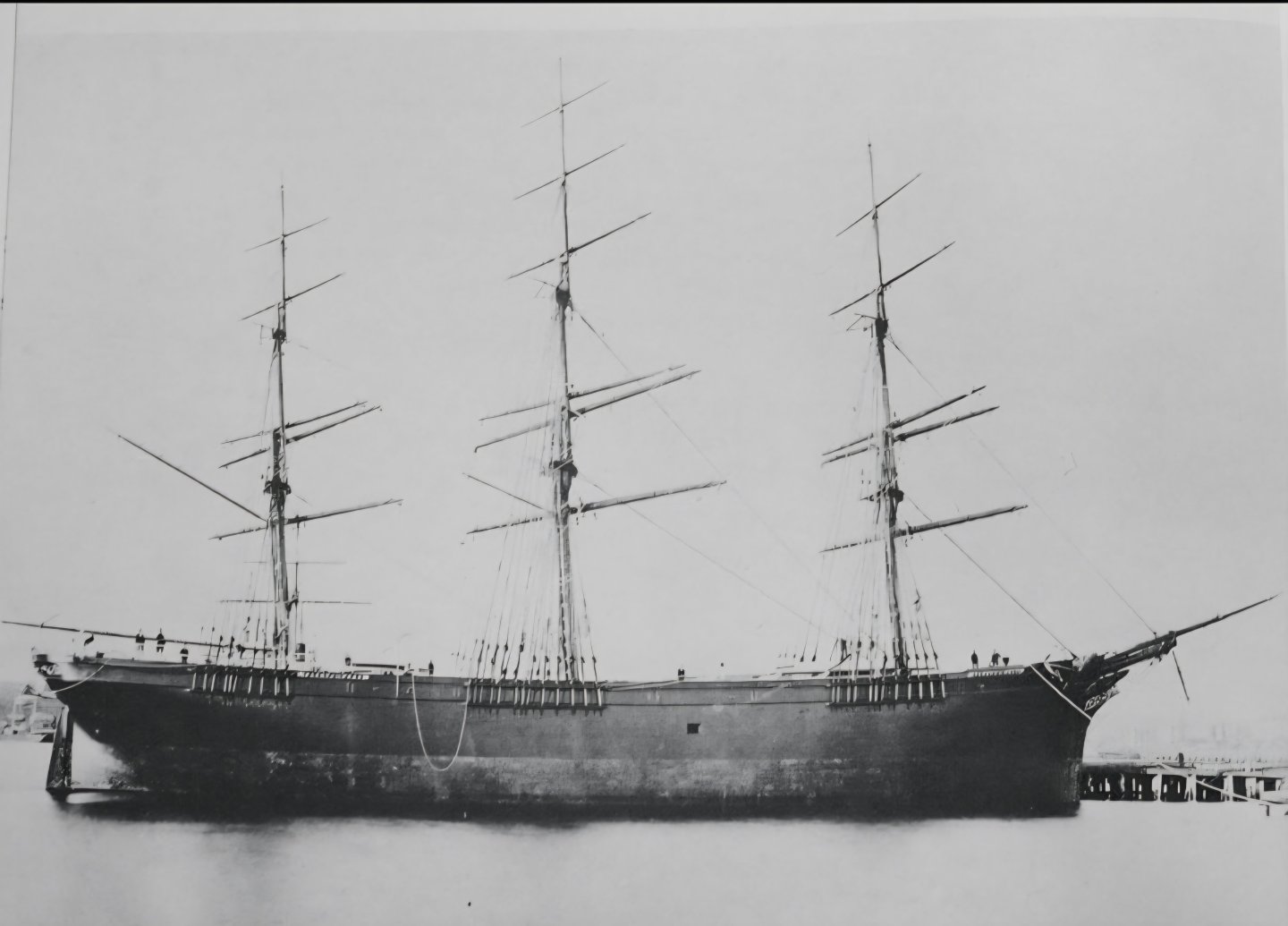
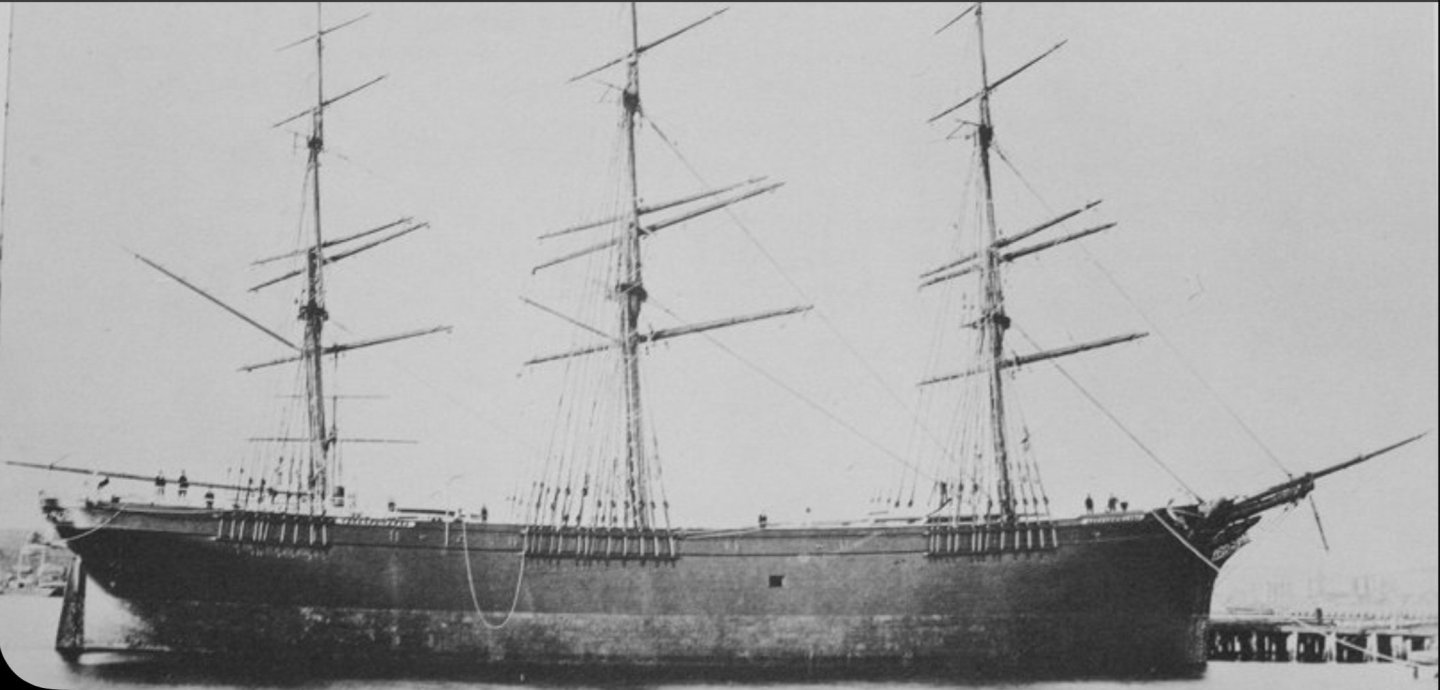
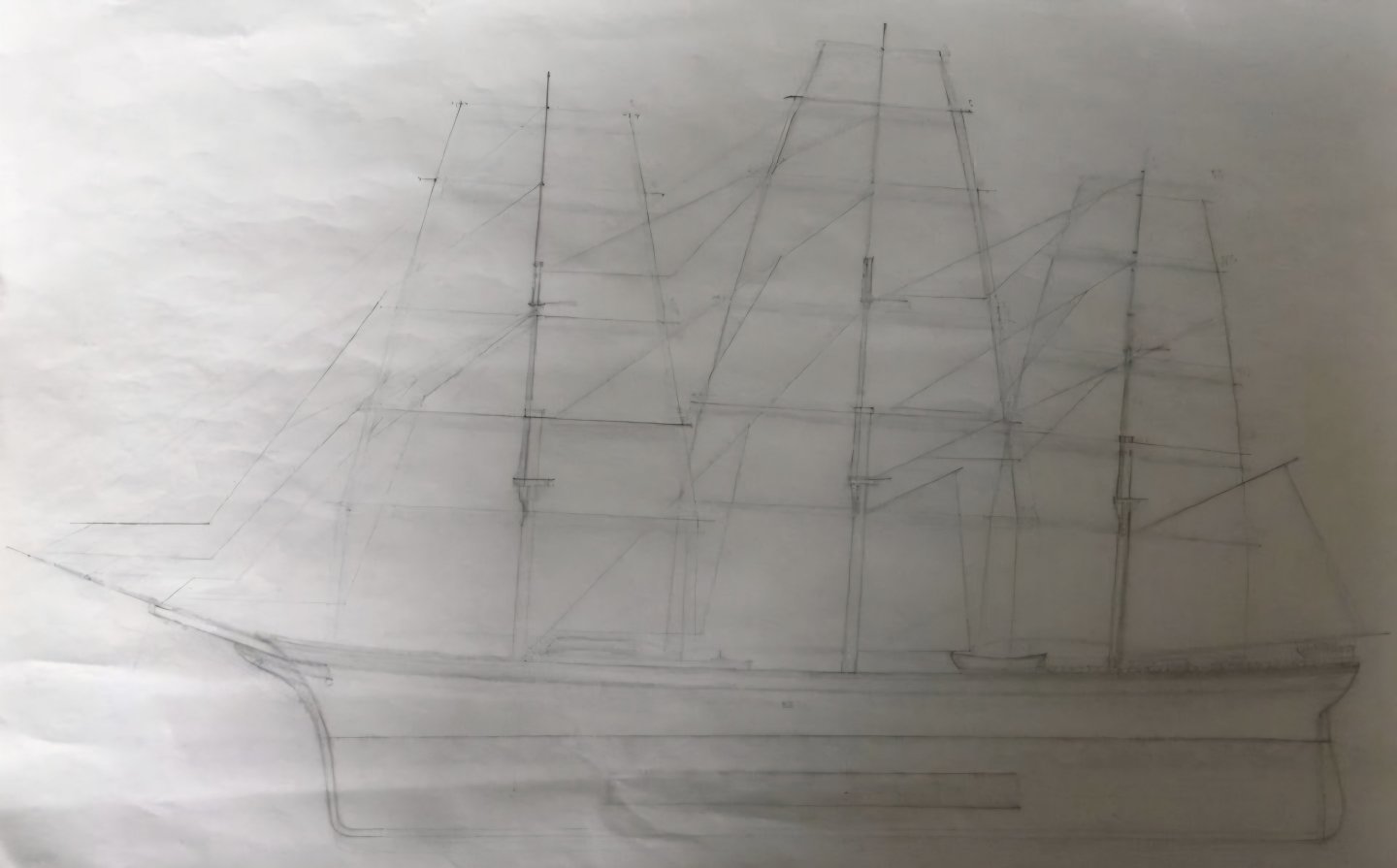
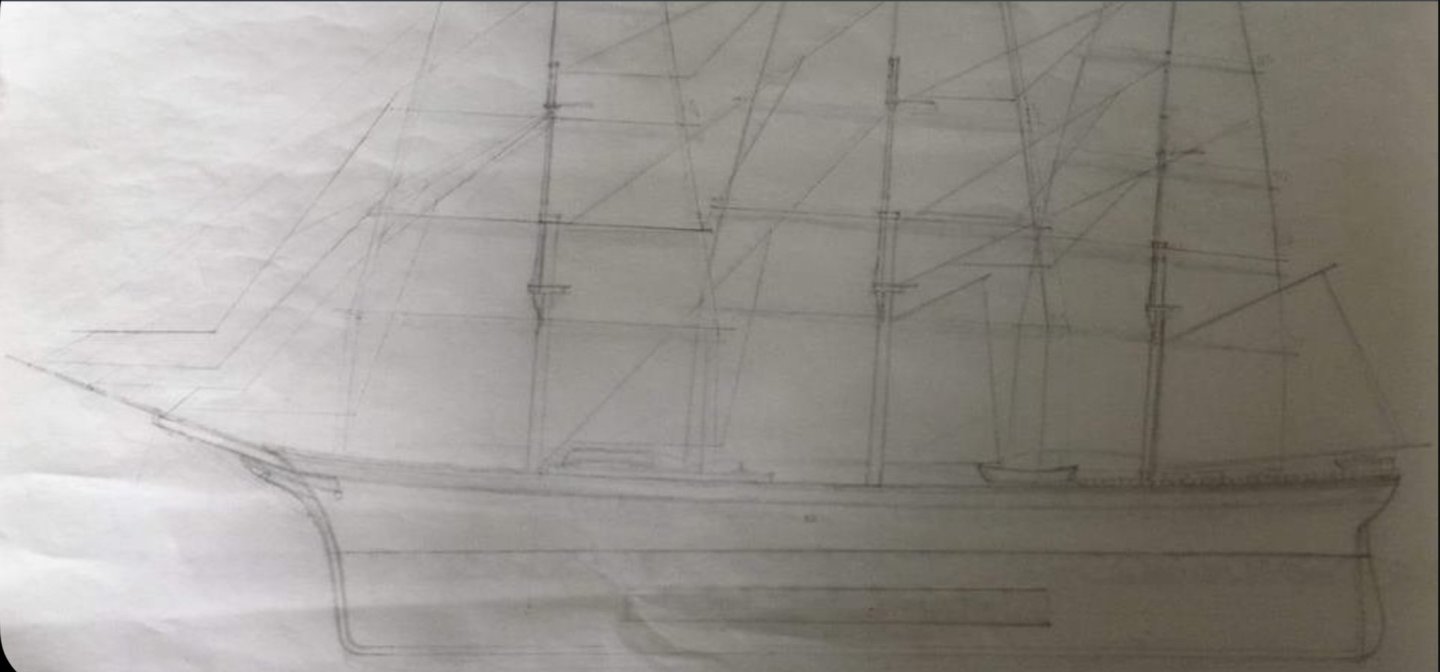
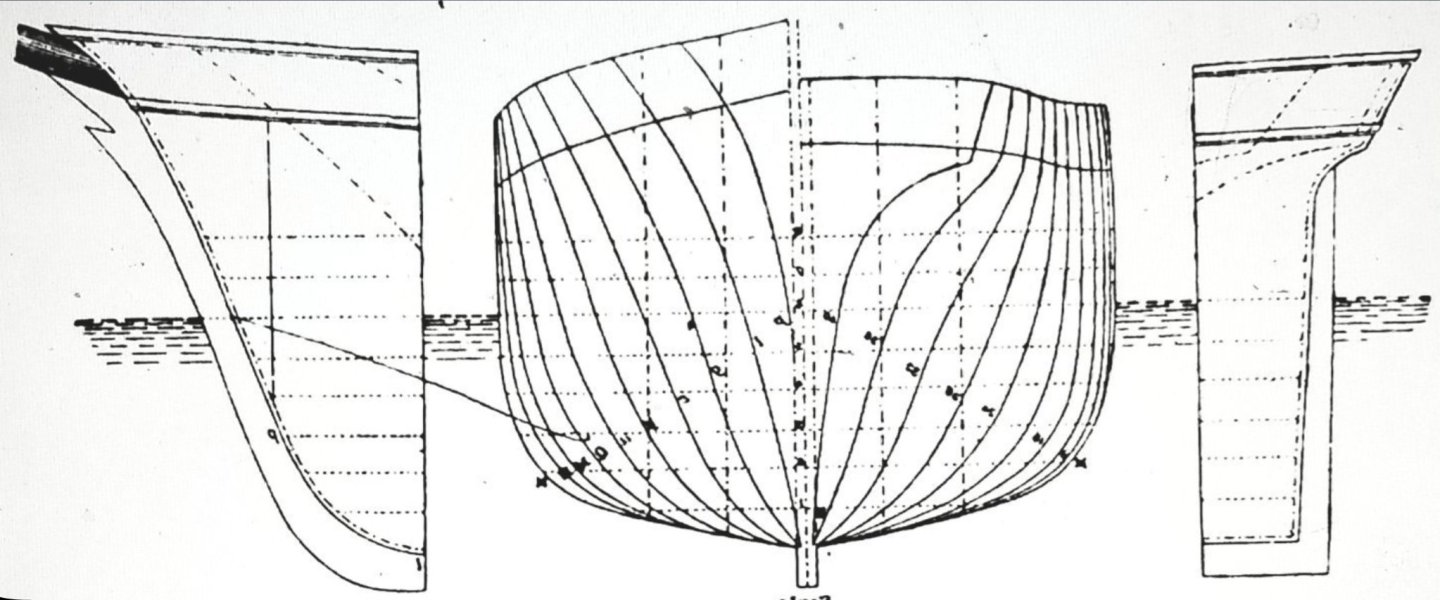
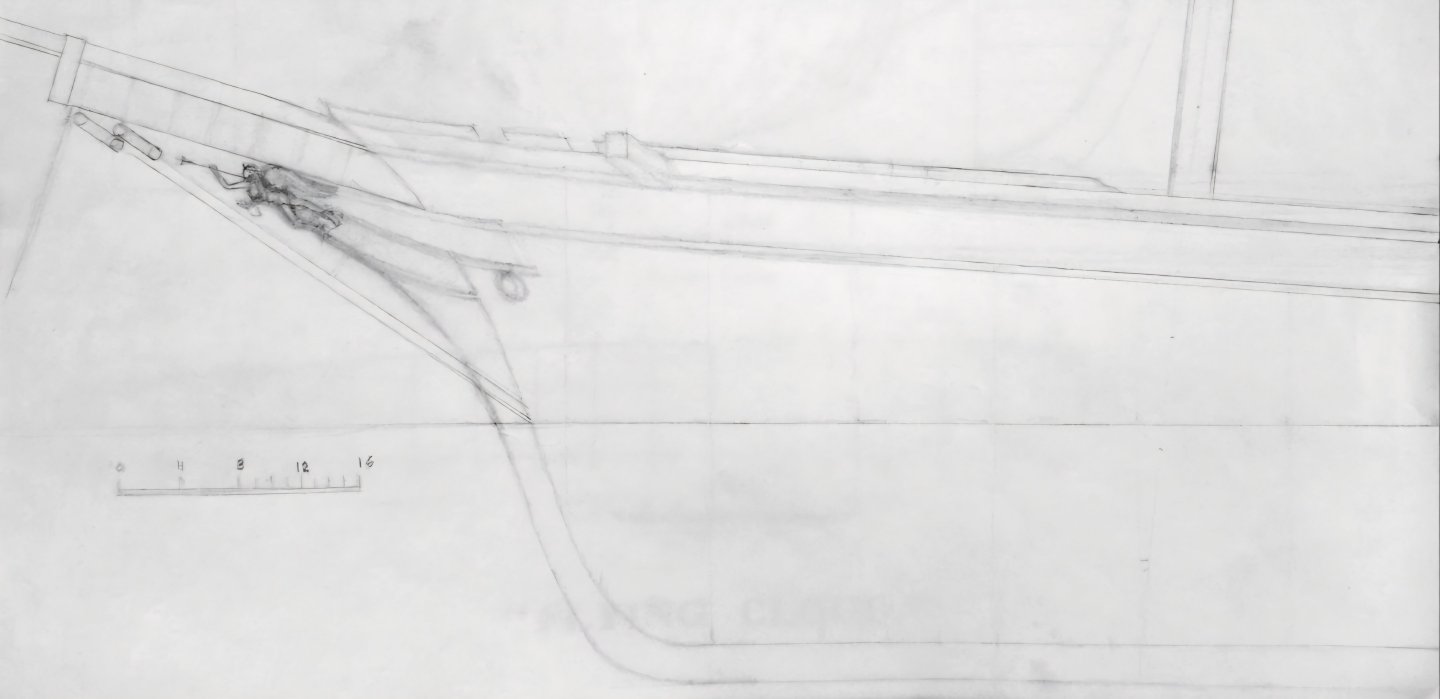
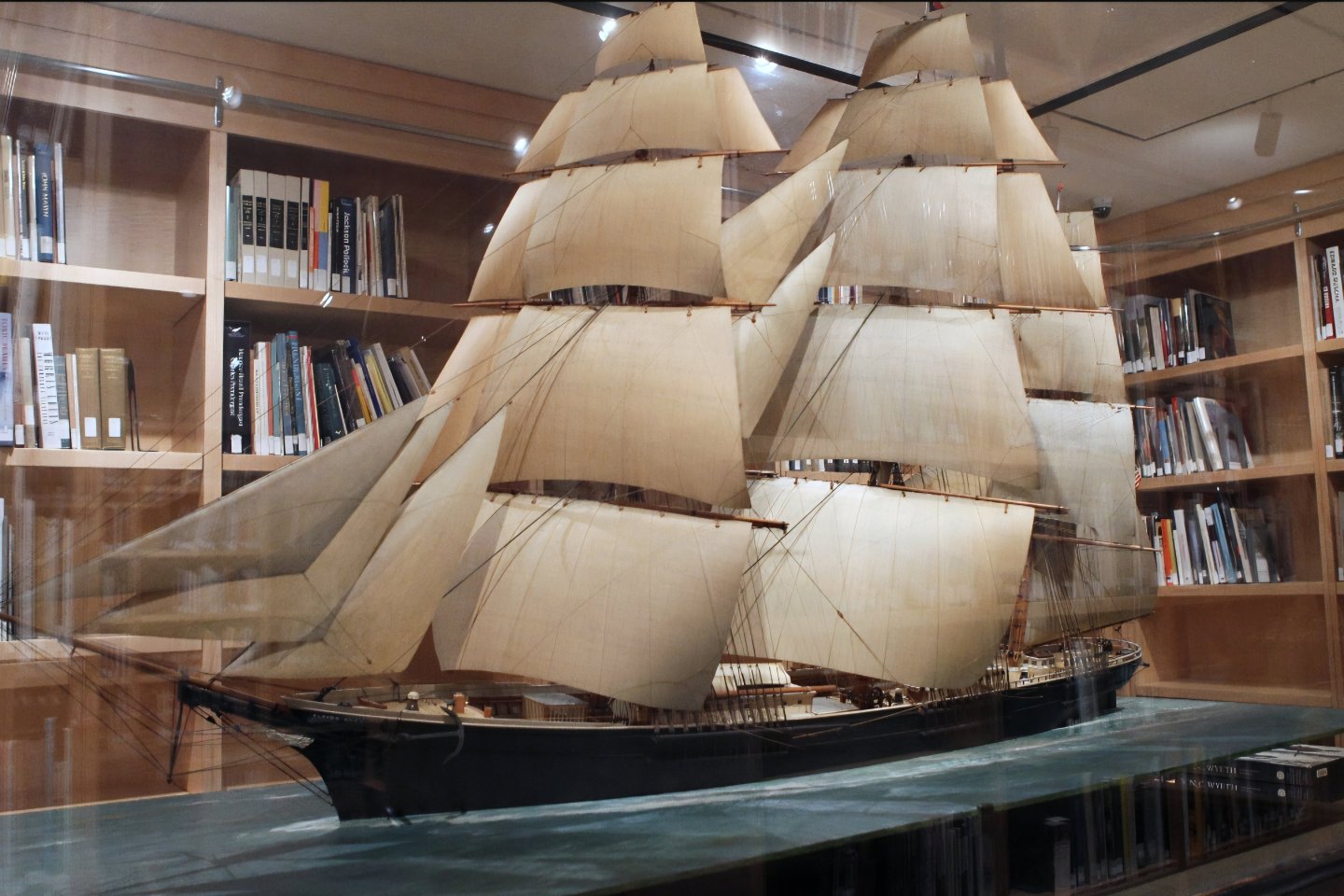
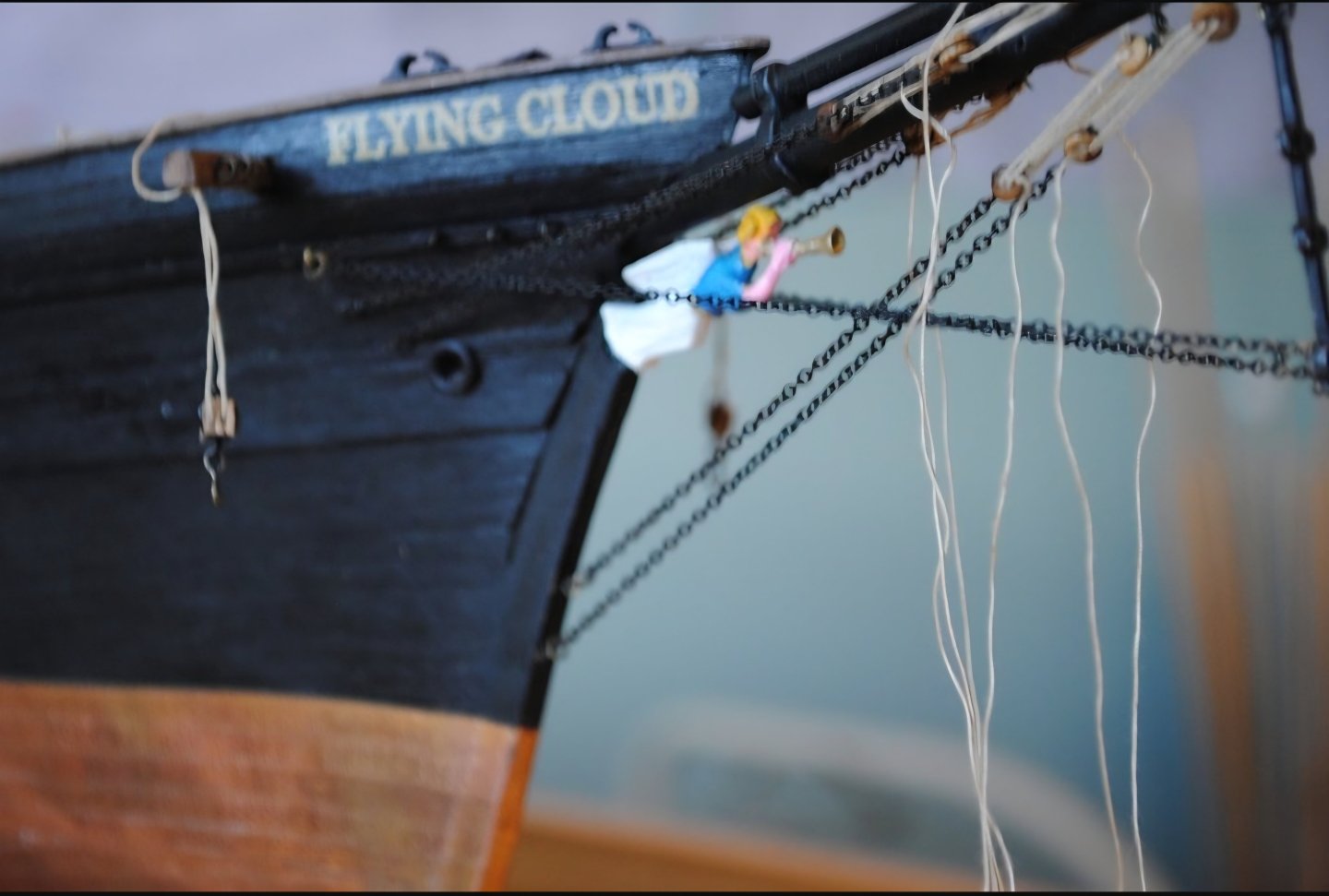
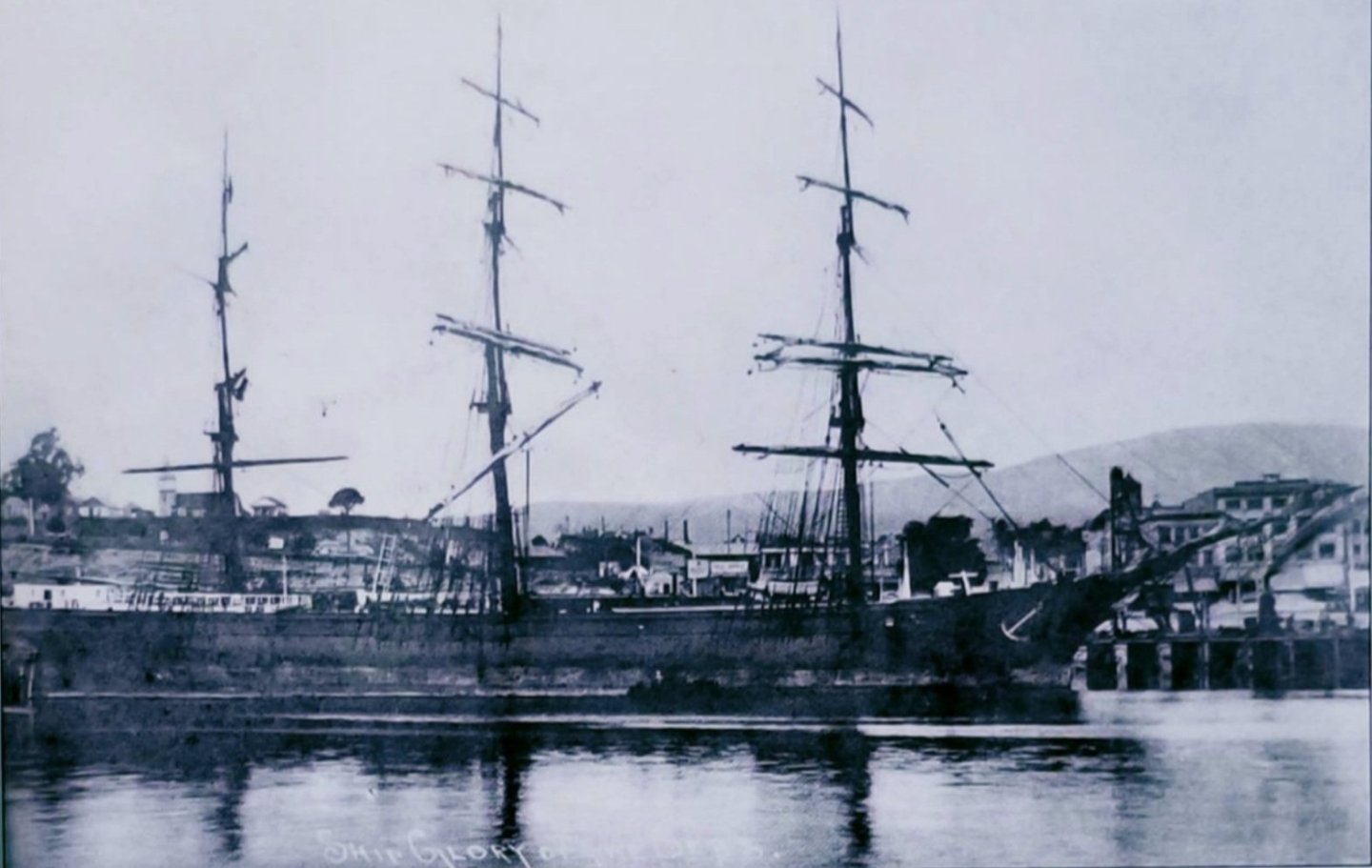
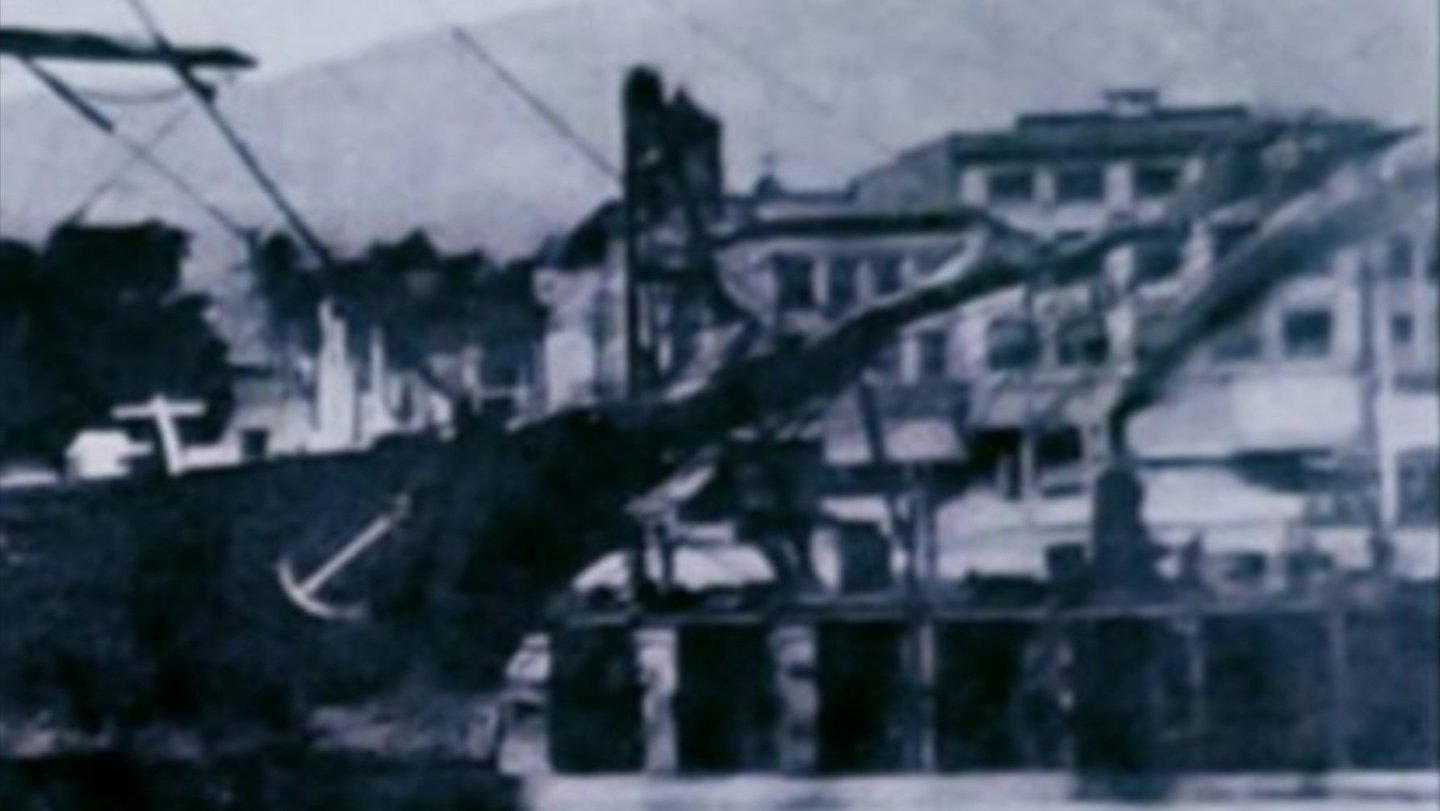
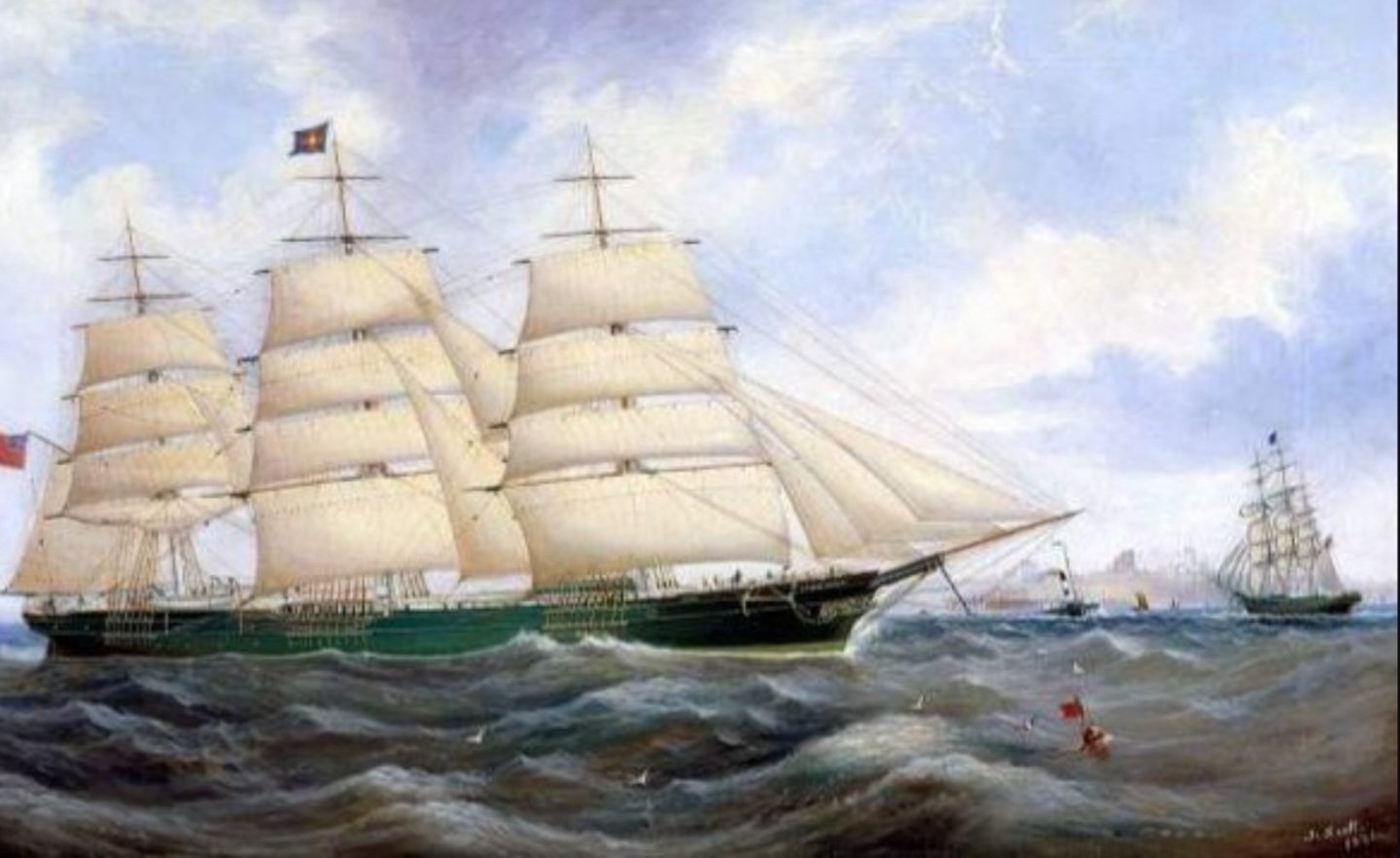
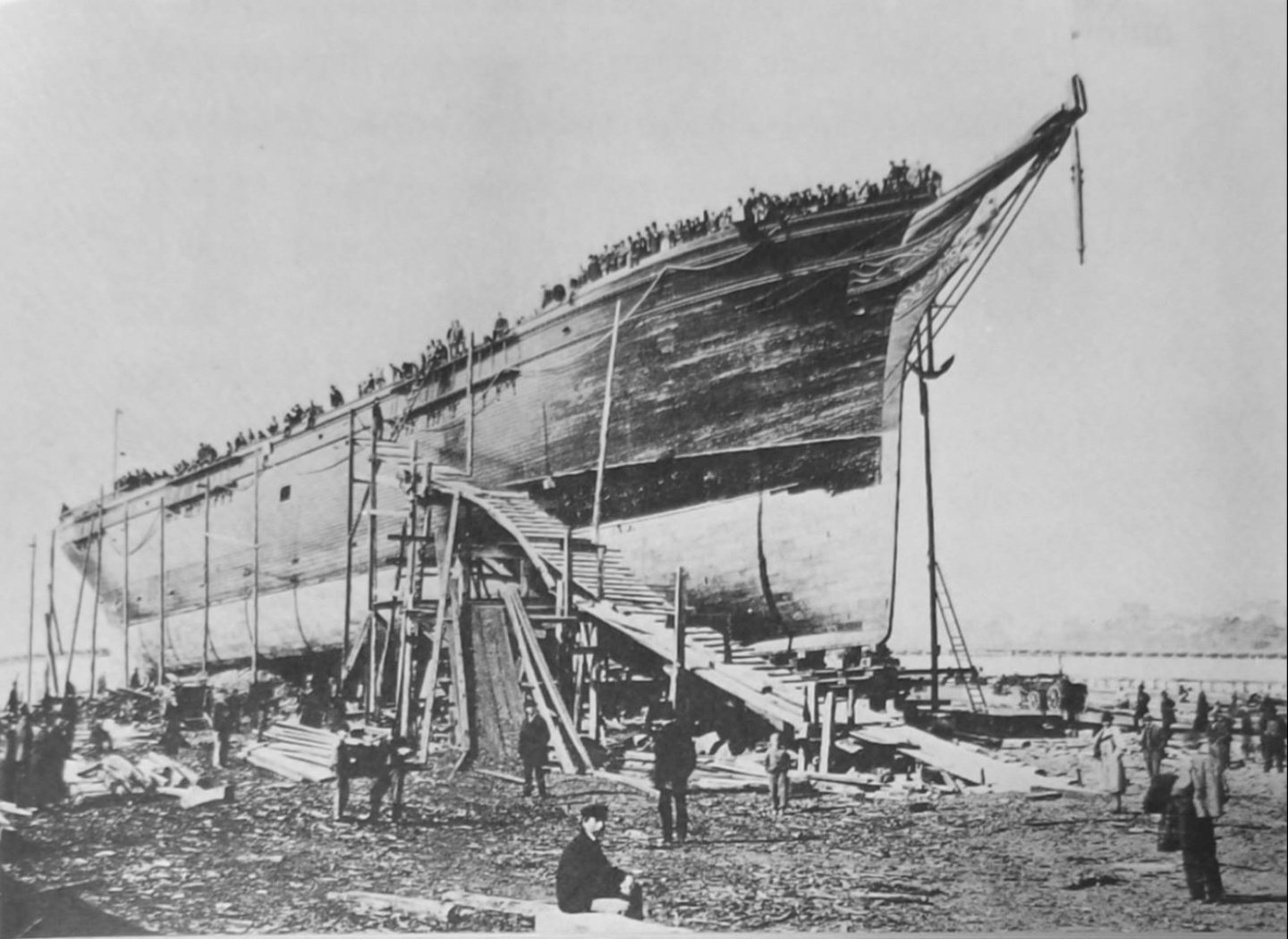
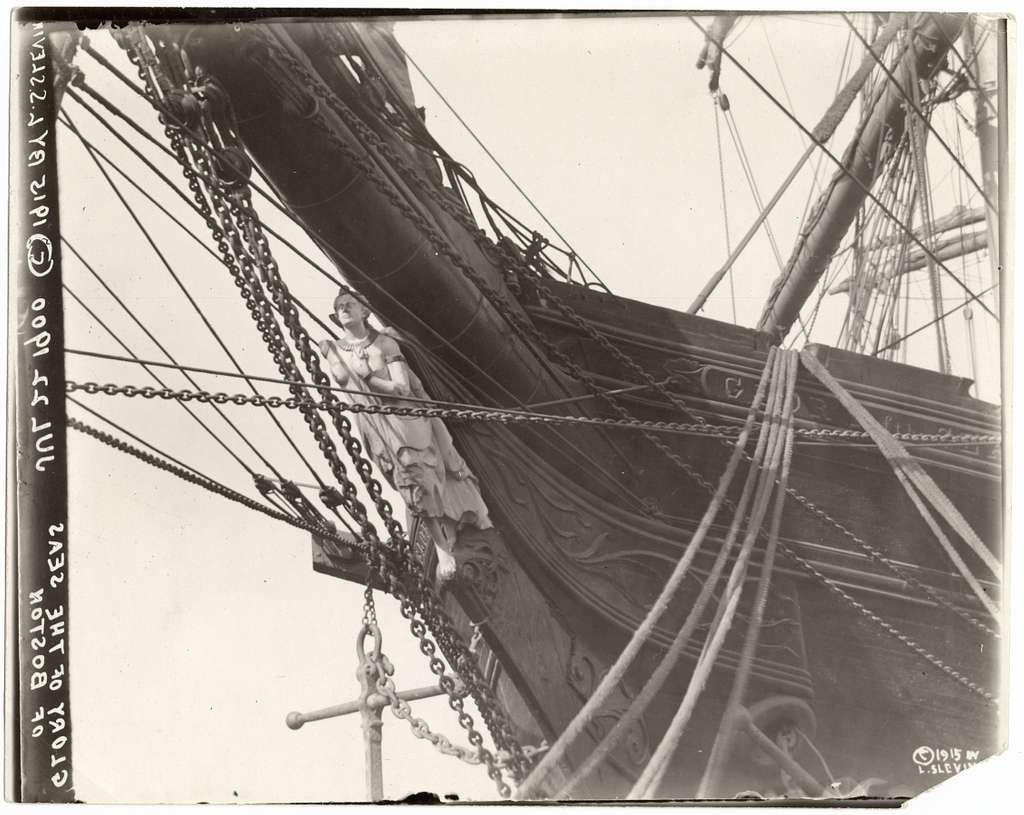
.thumb.jpg.06774d8edff216ea1095a7dc23f5589c.jpg)
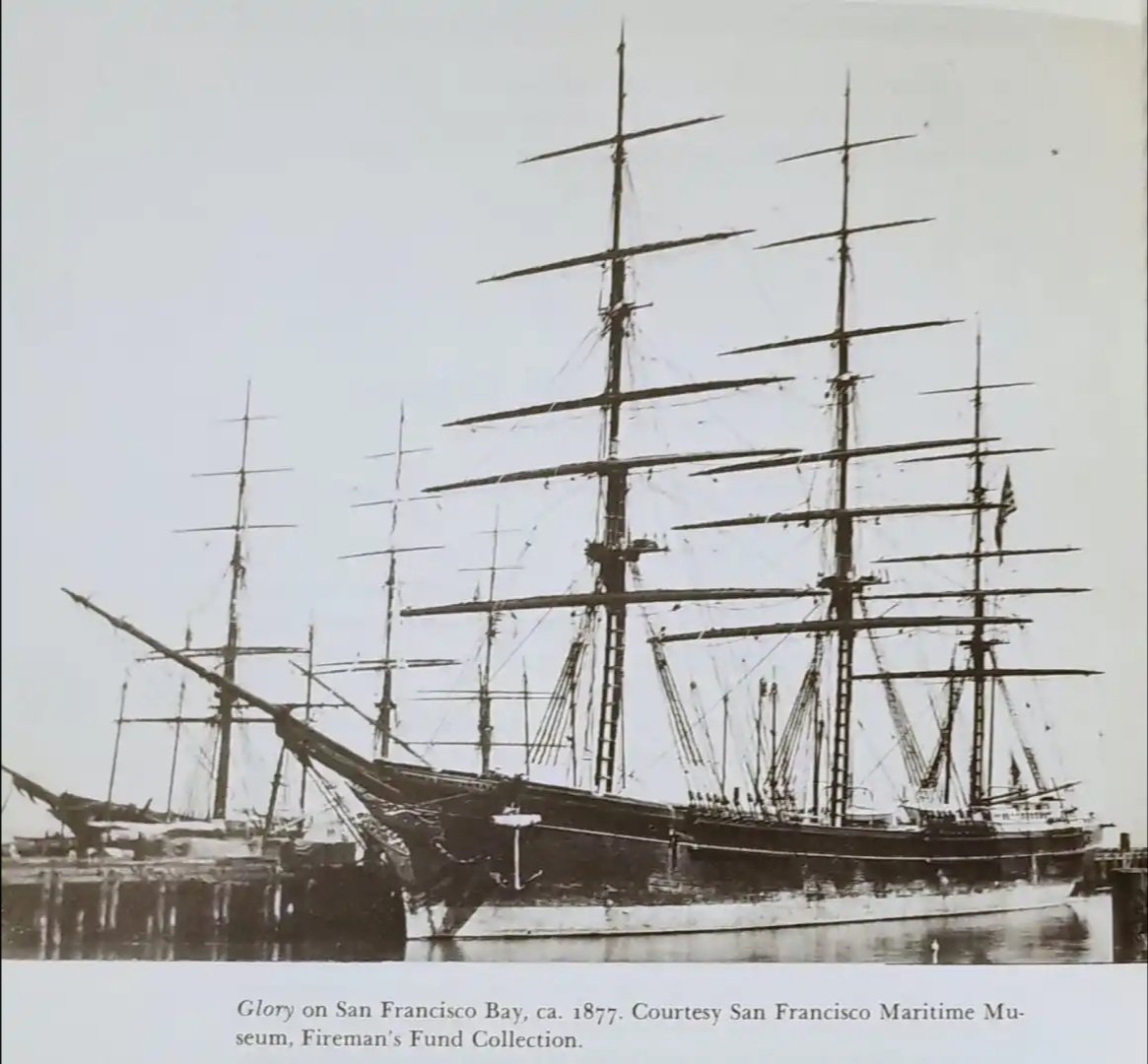
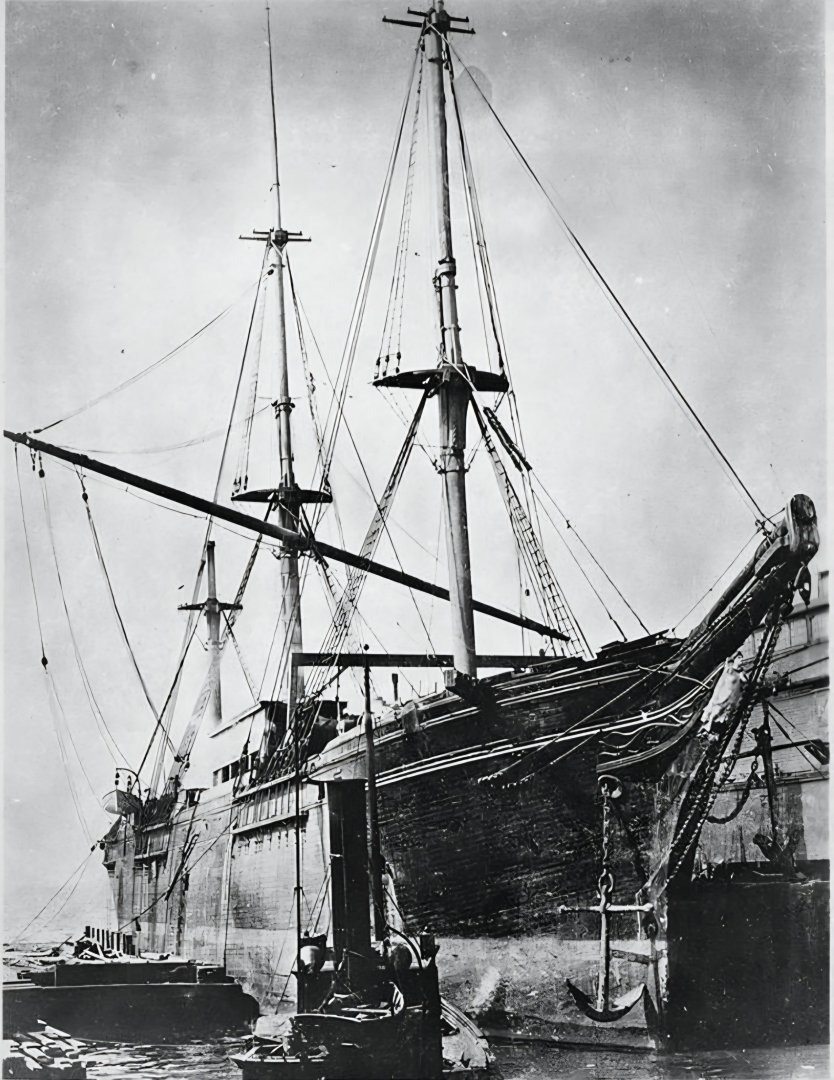
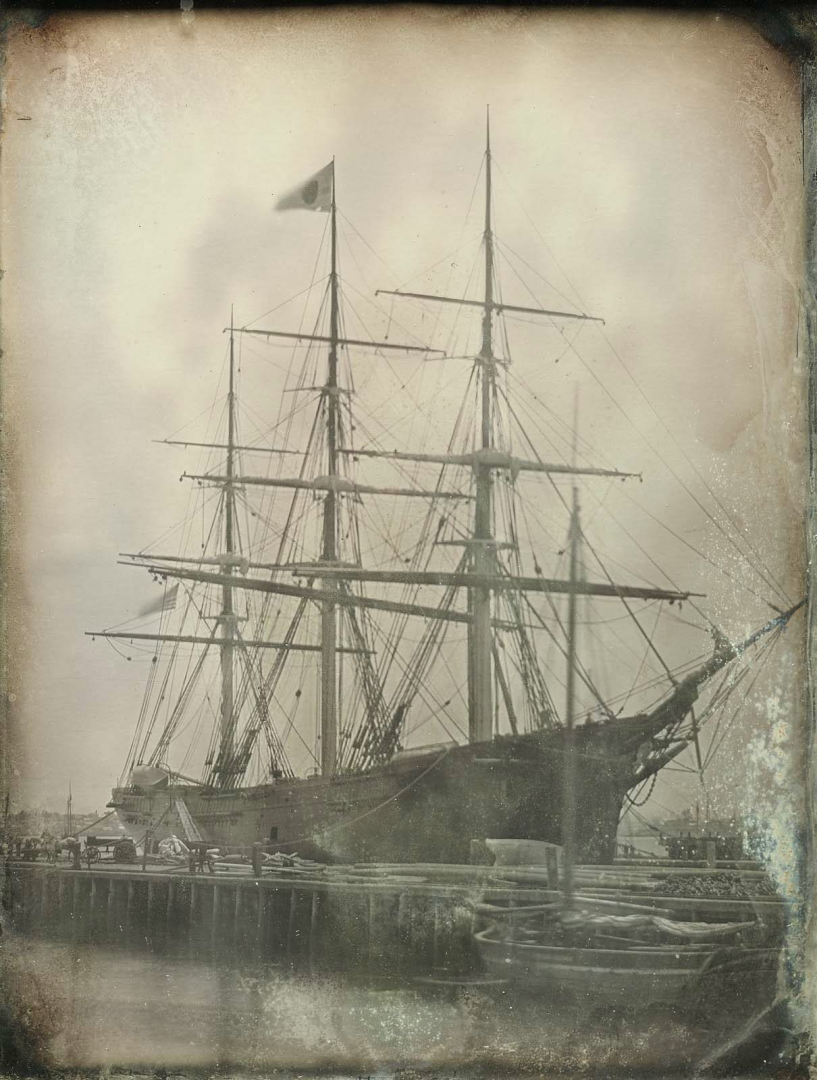
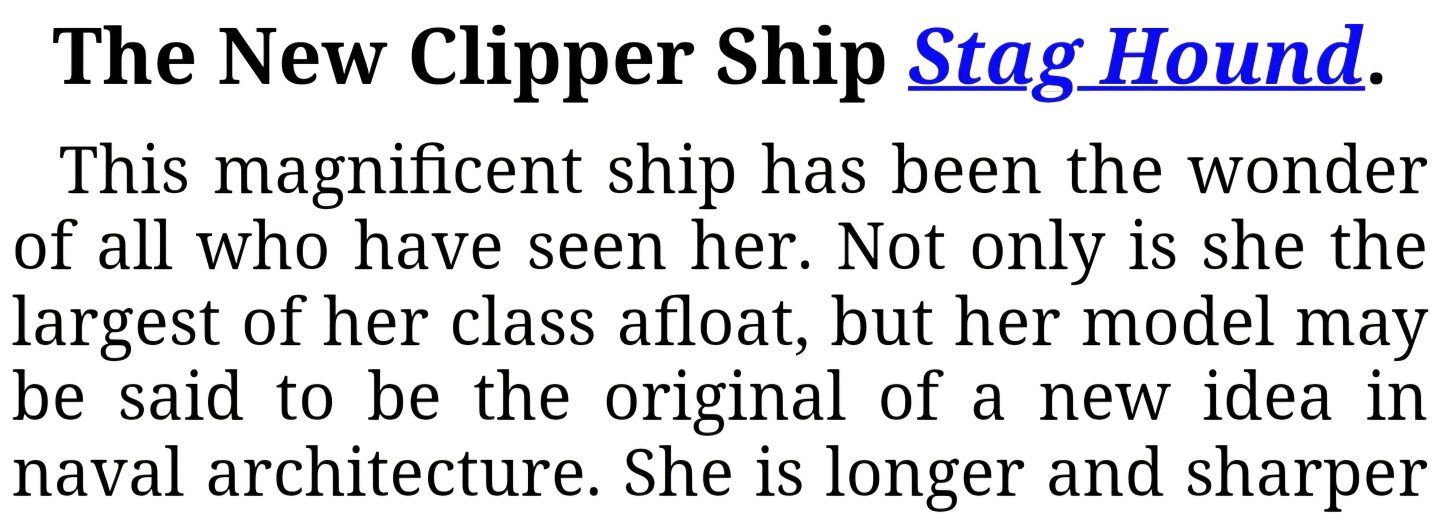

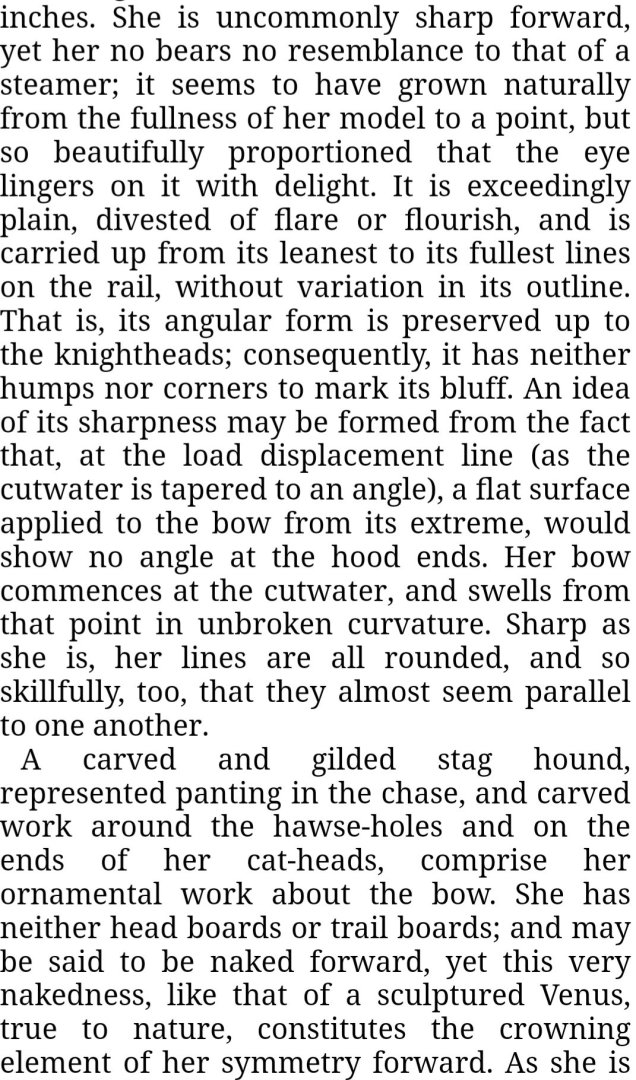

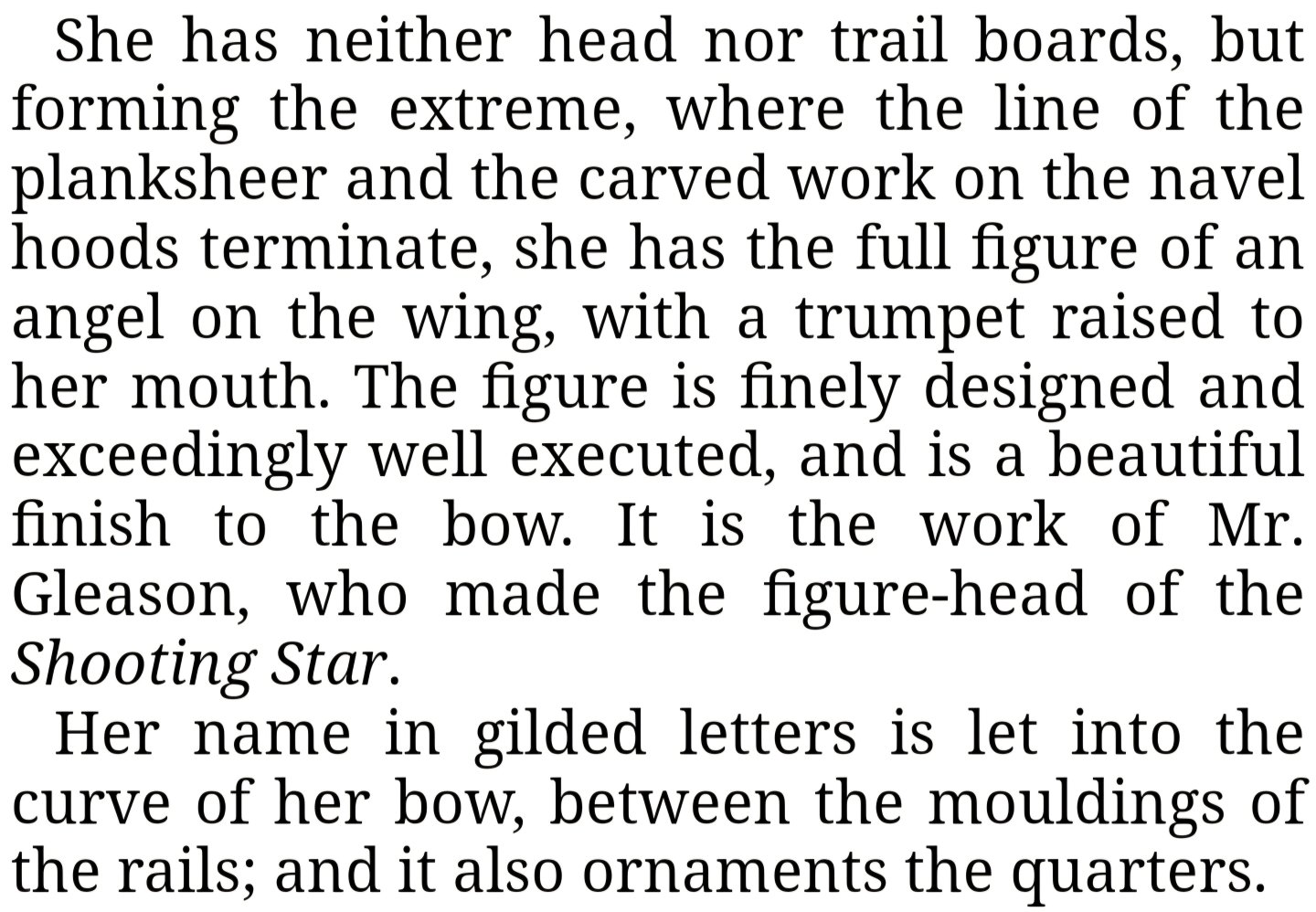

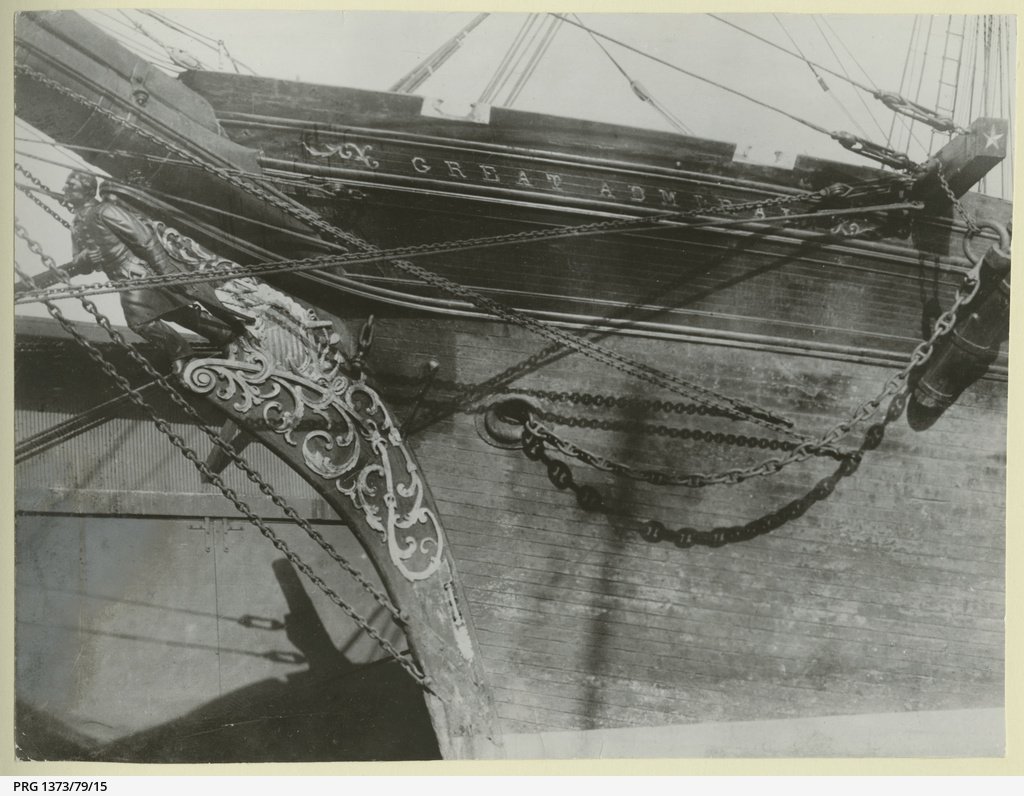


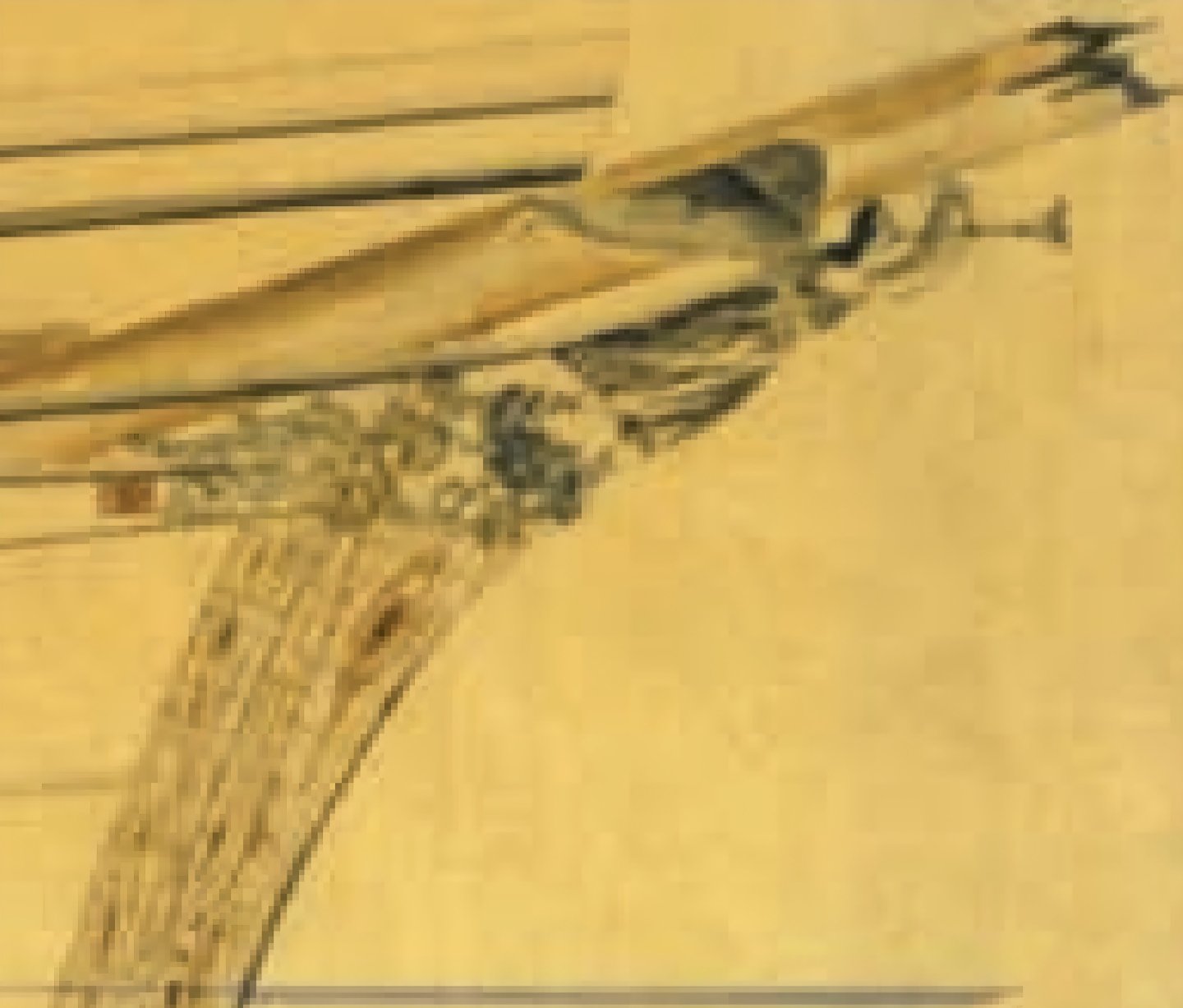
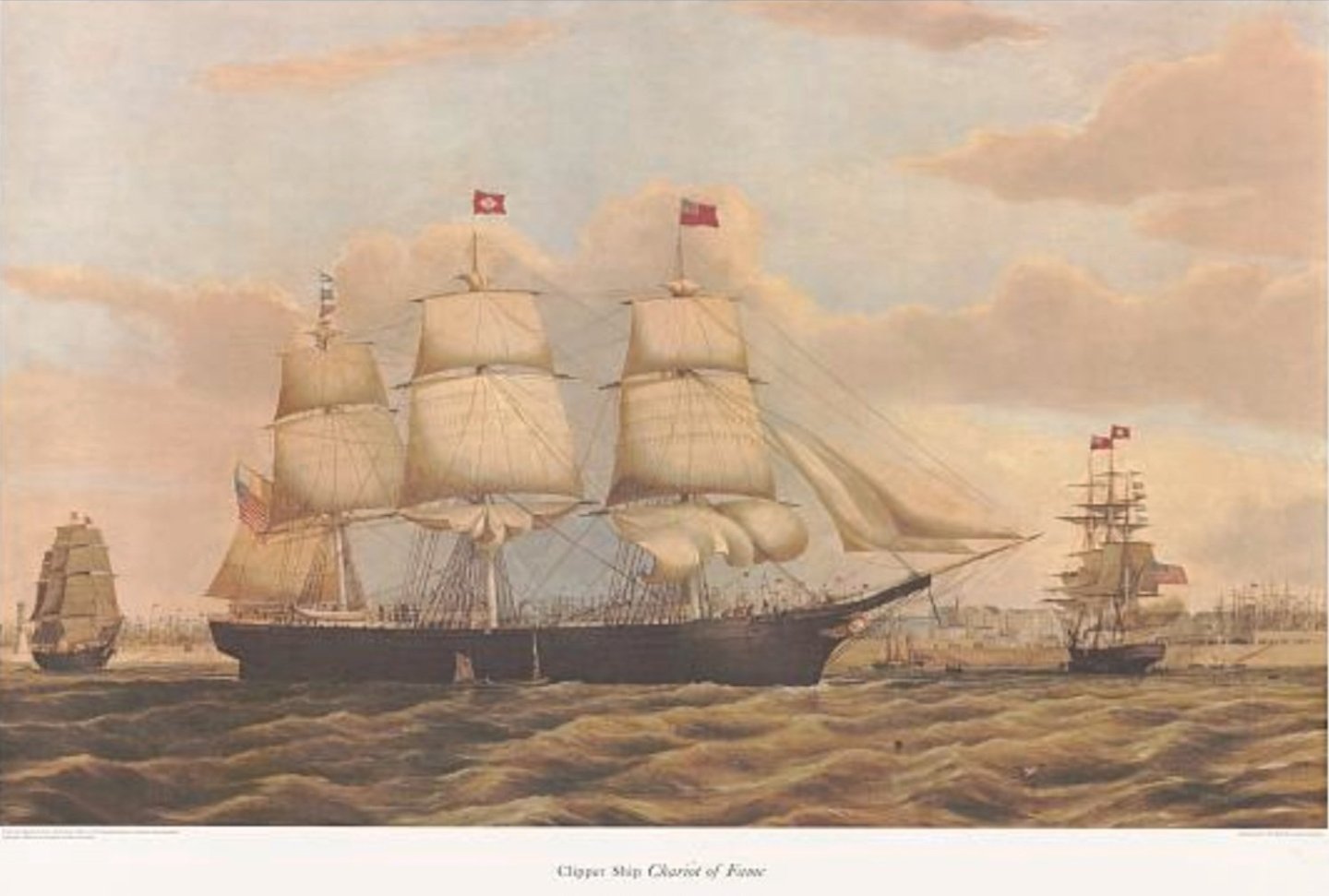
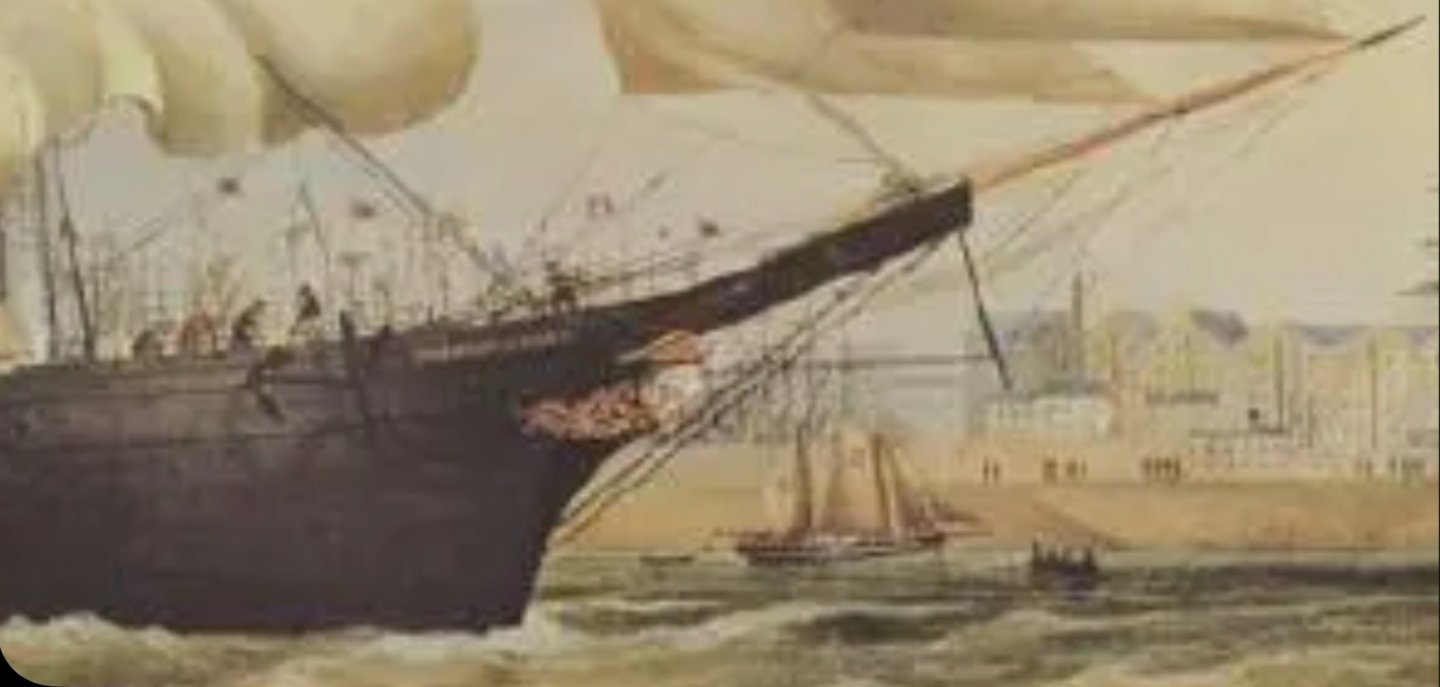
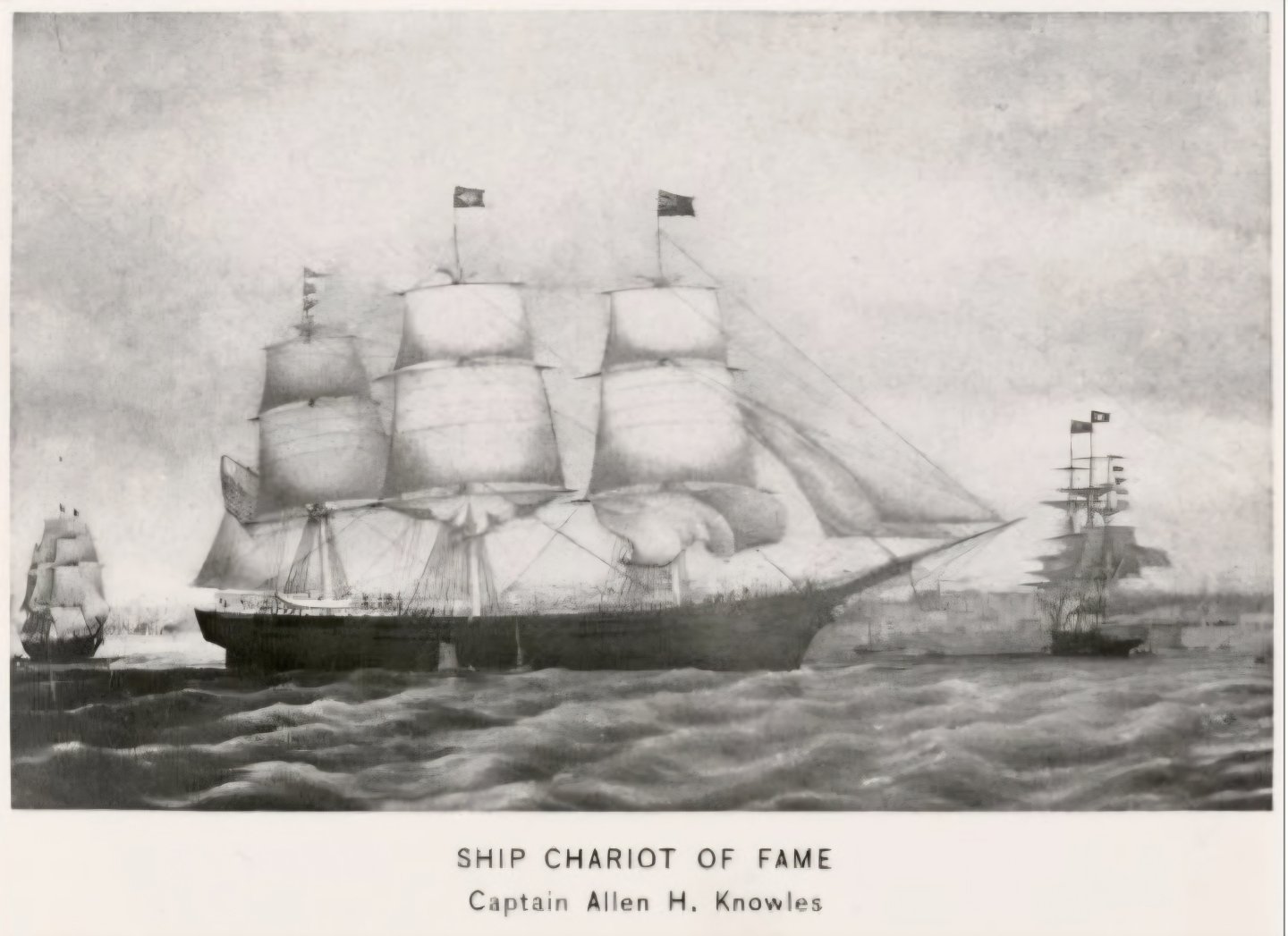
.thumb.jpg.560e37818107ed3b844ebd455b320ff1.jpg)
